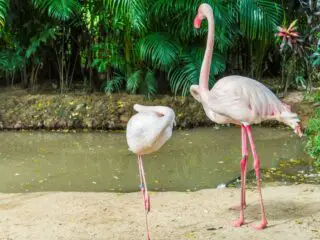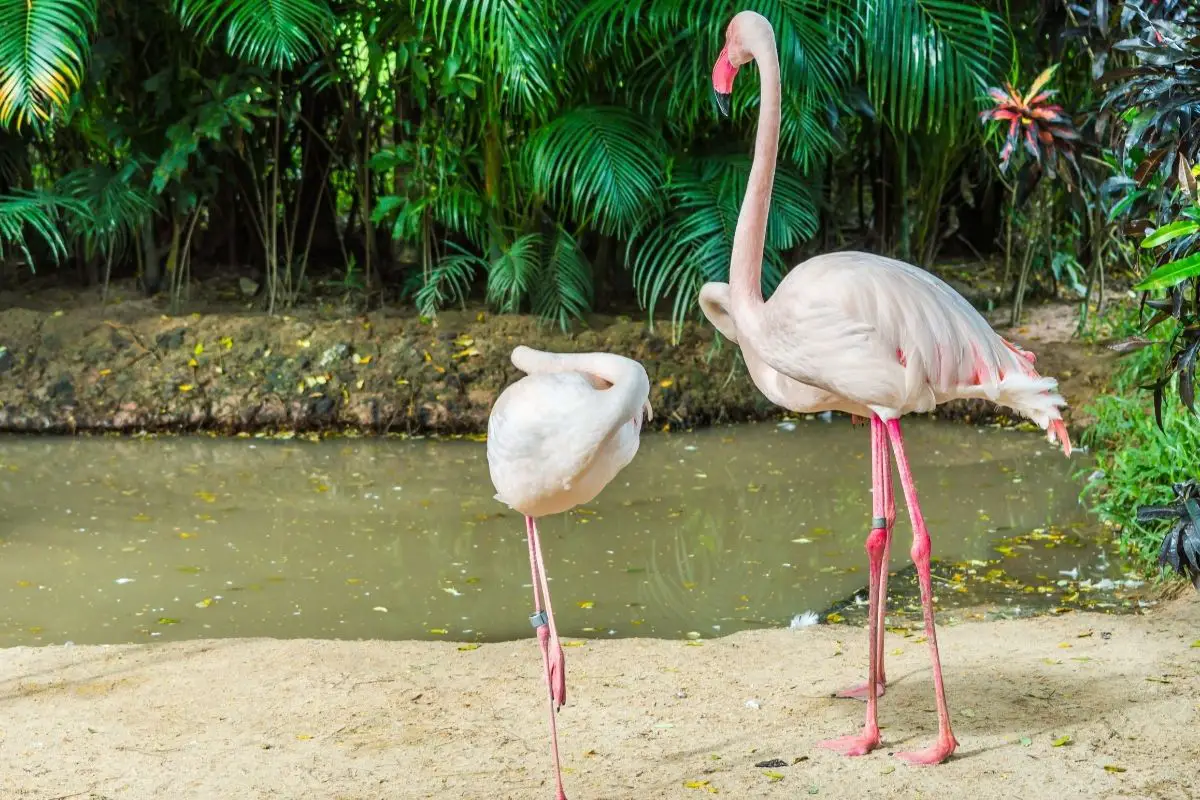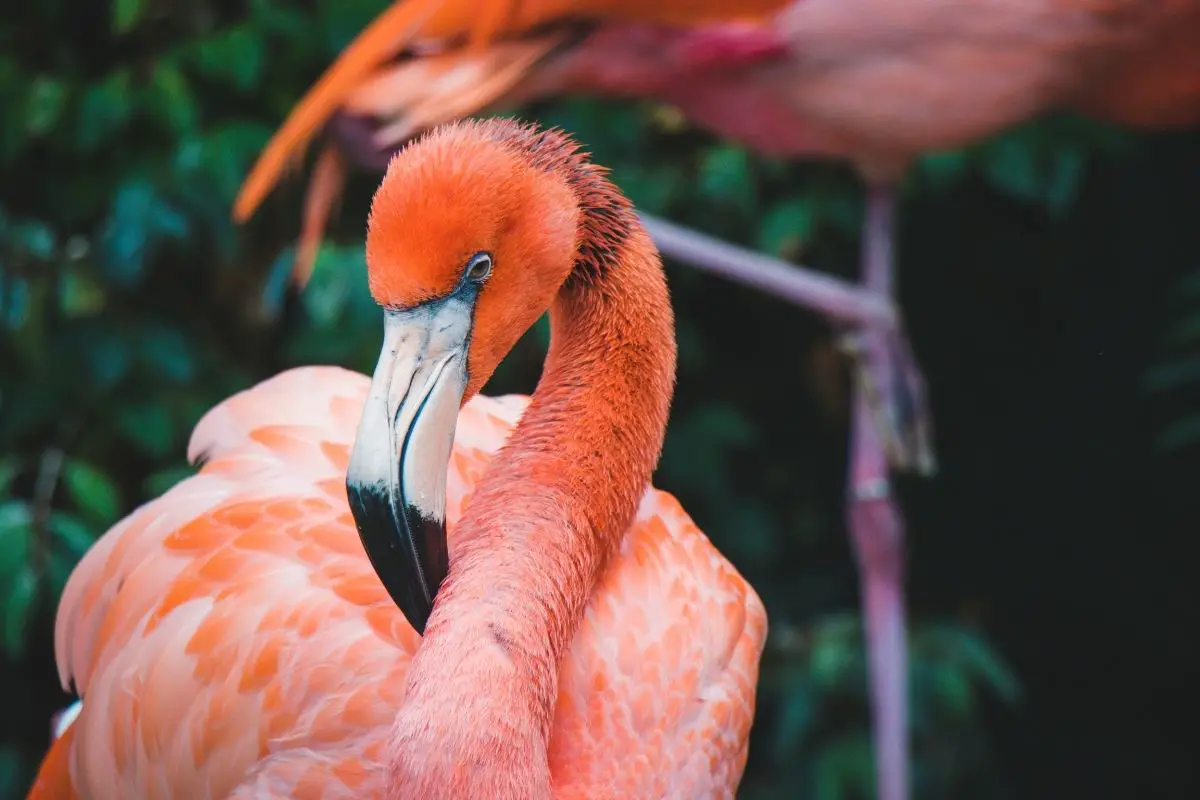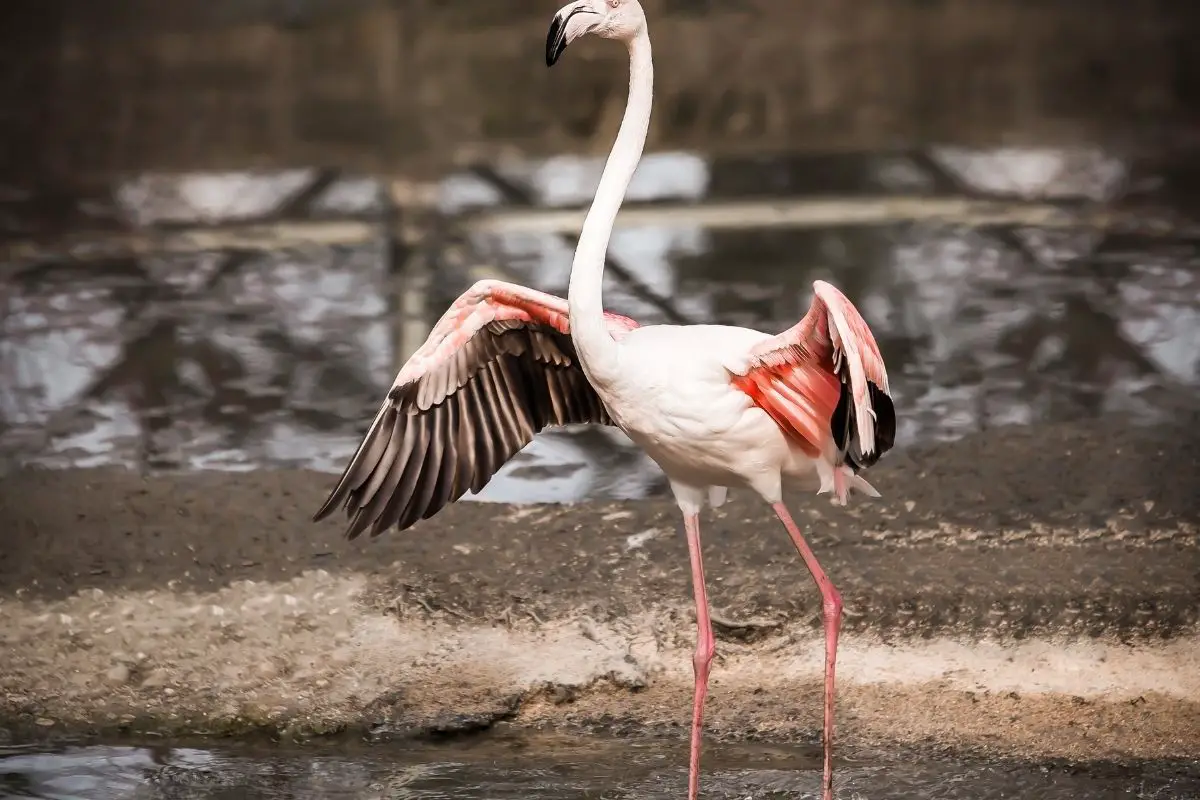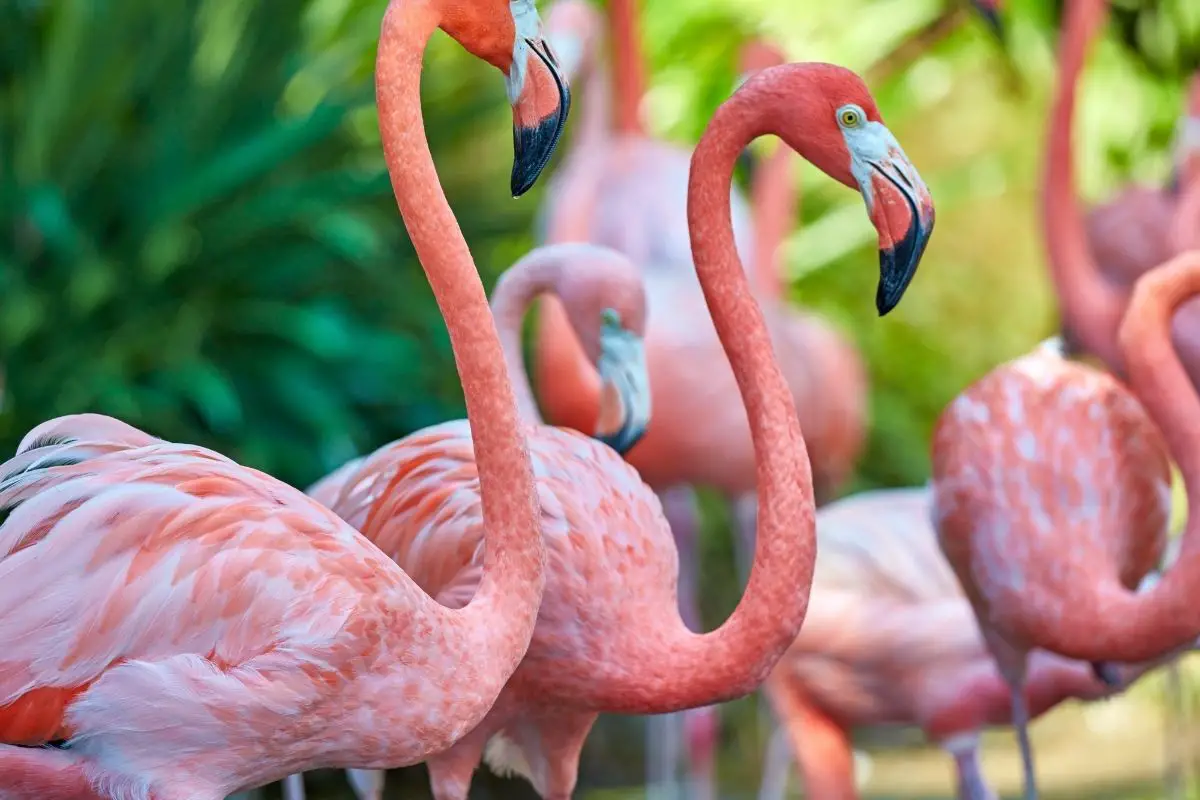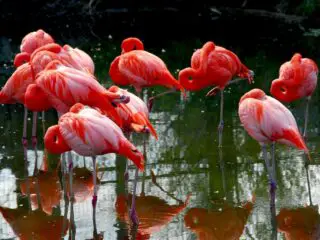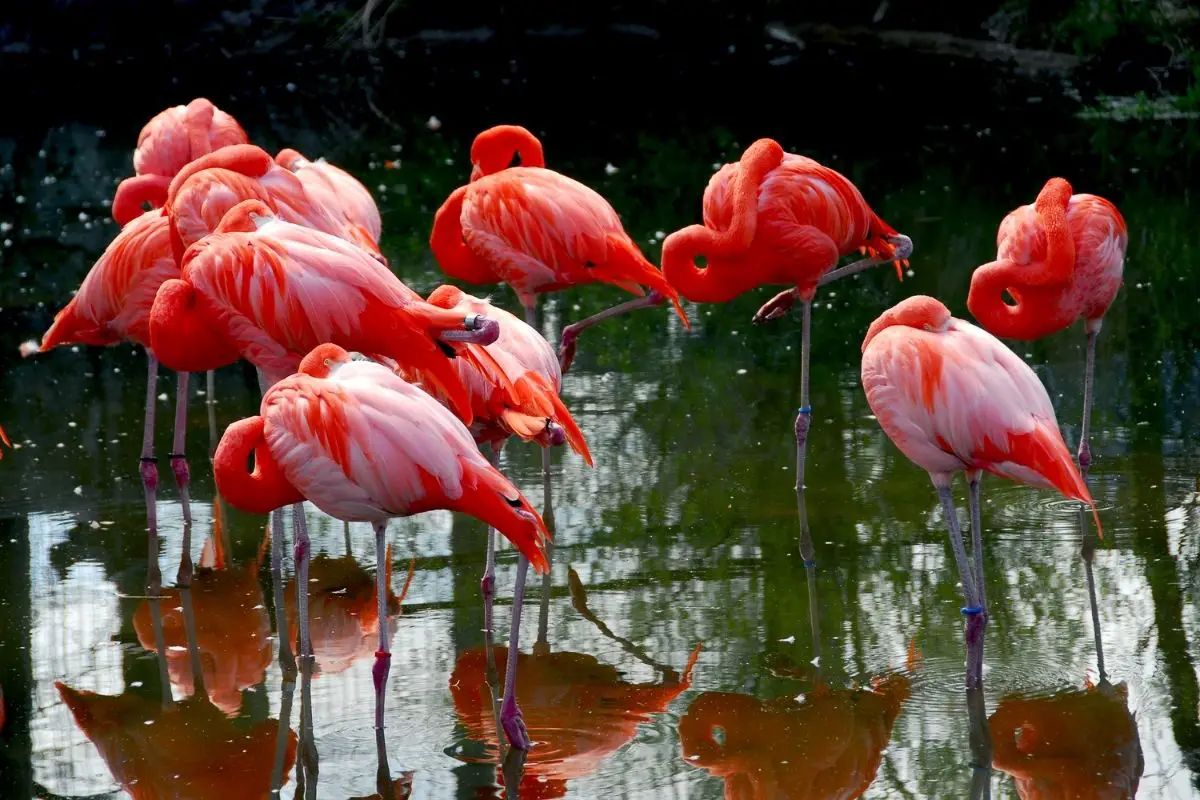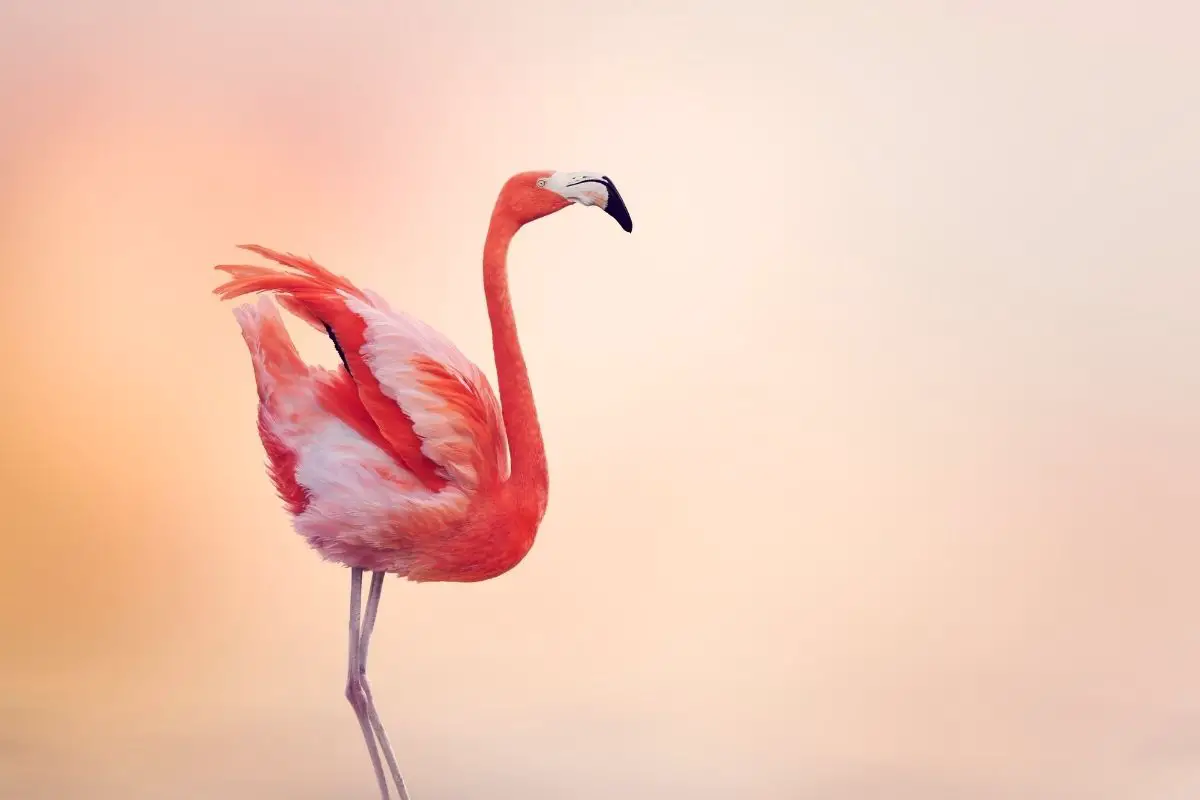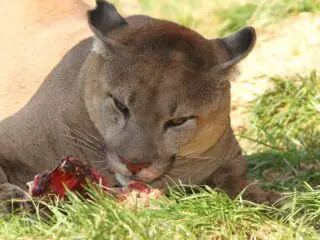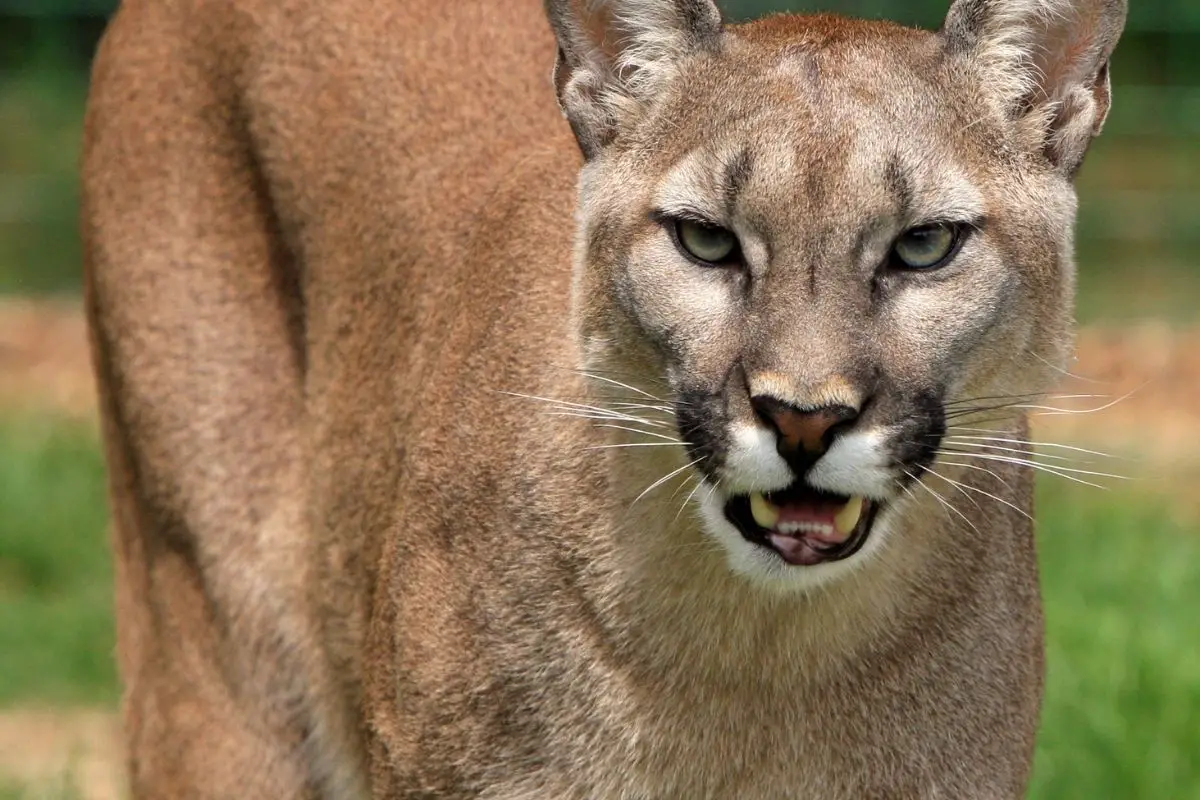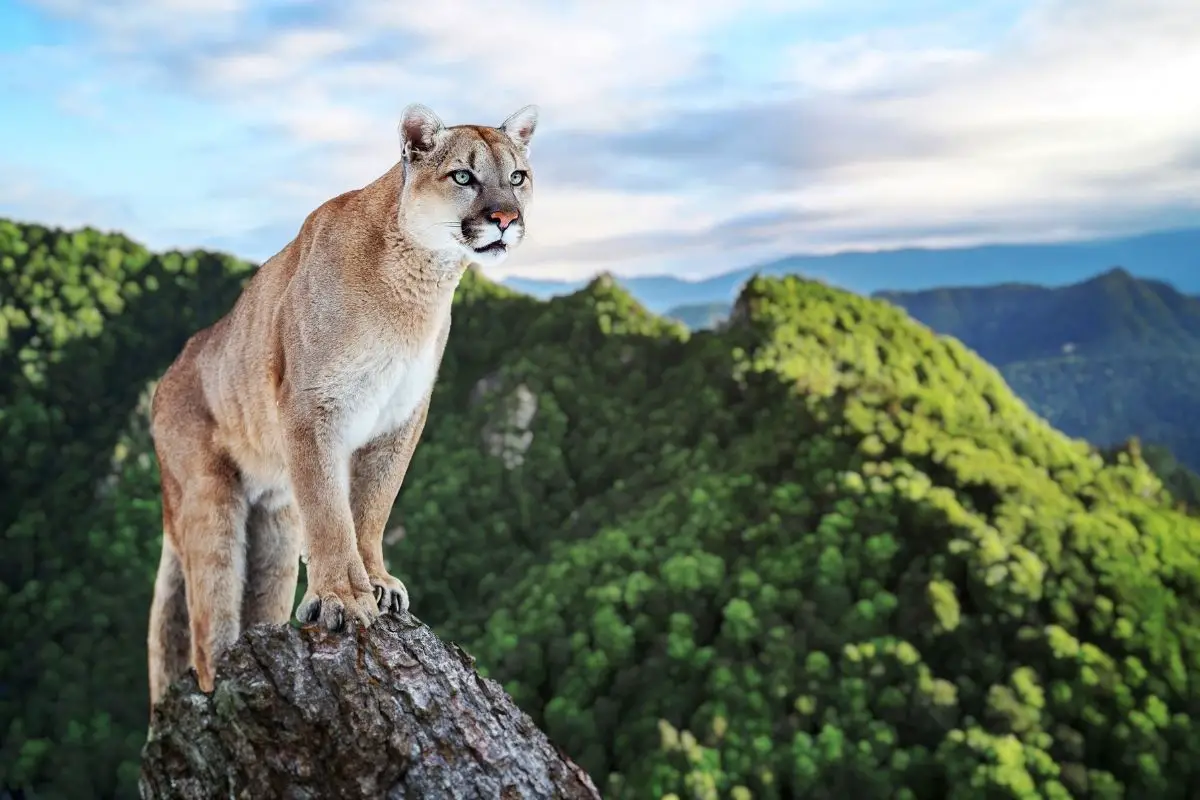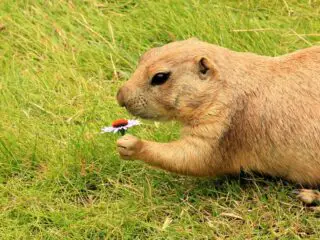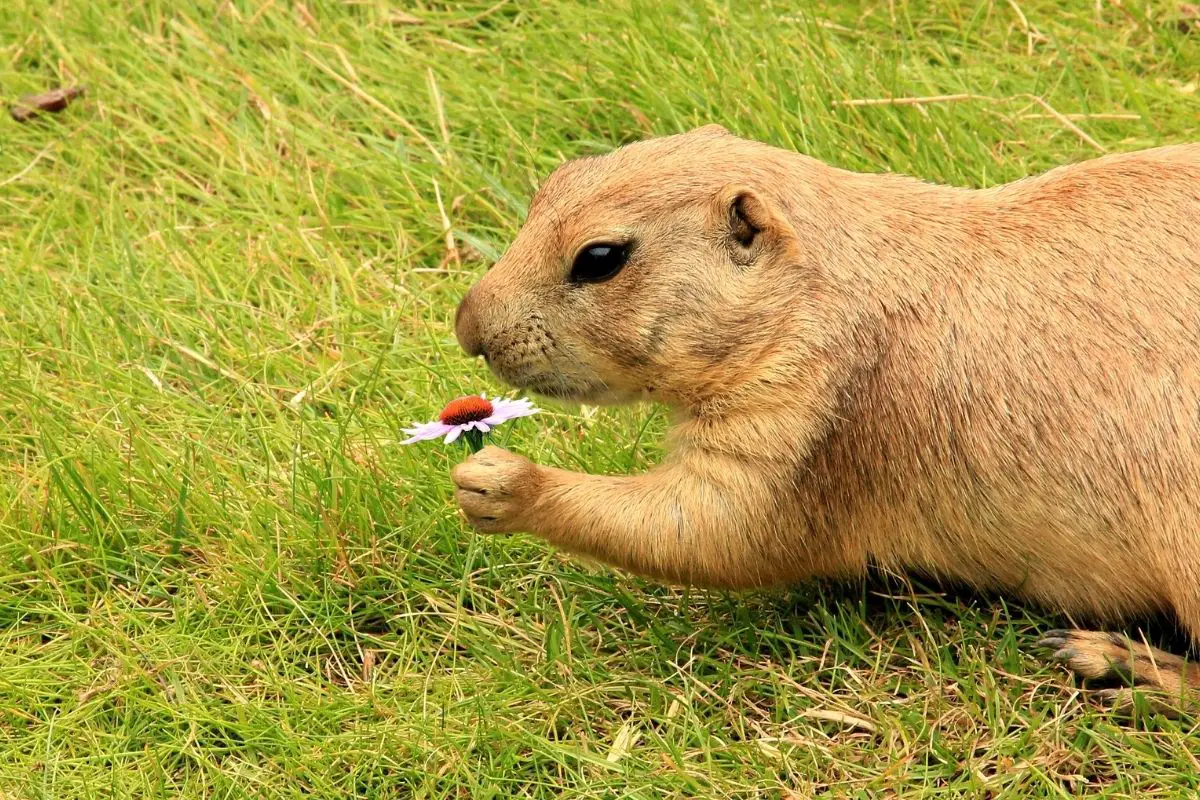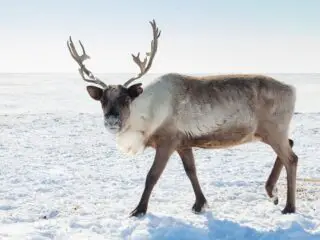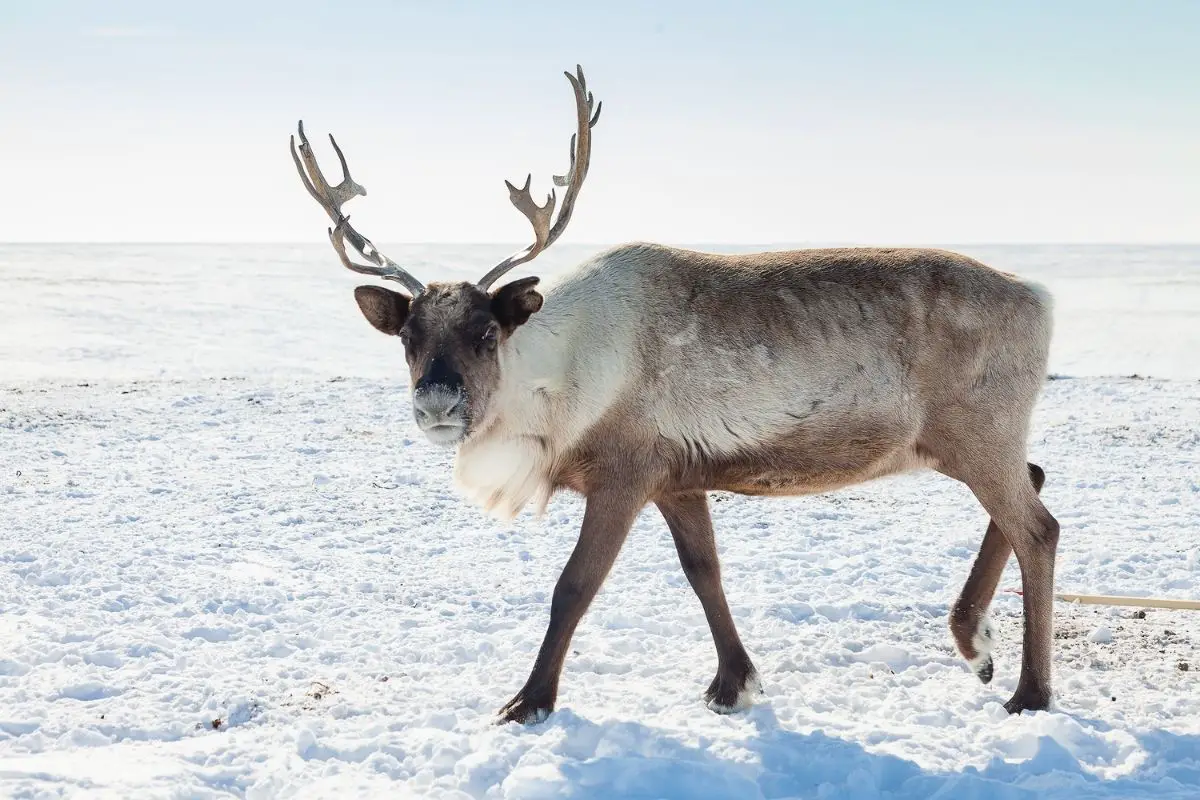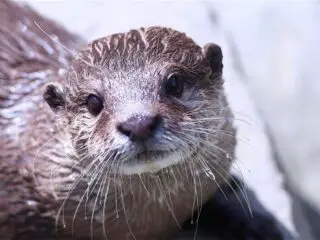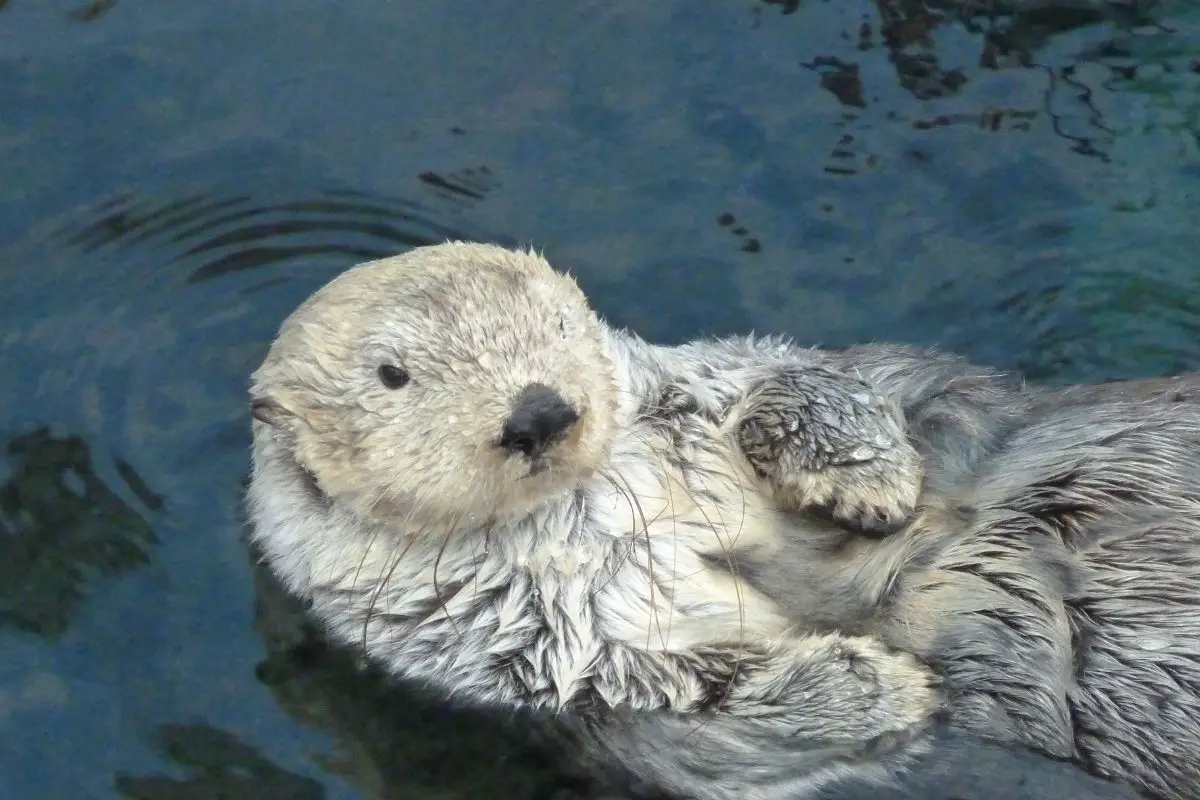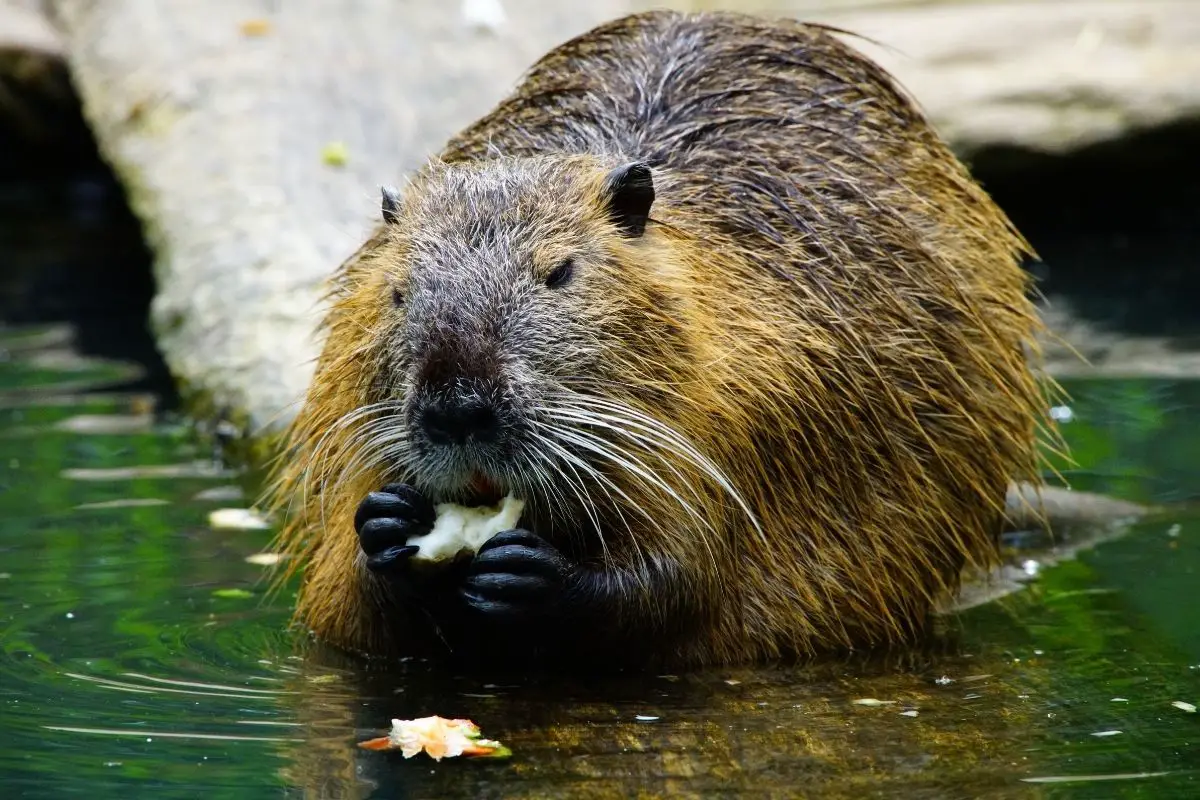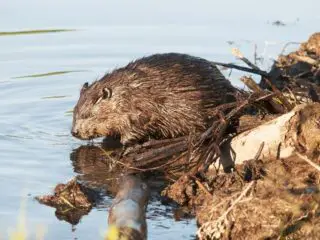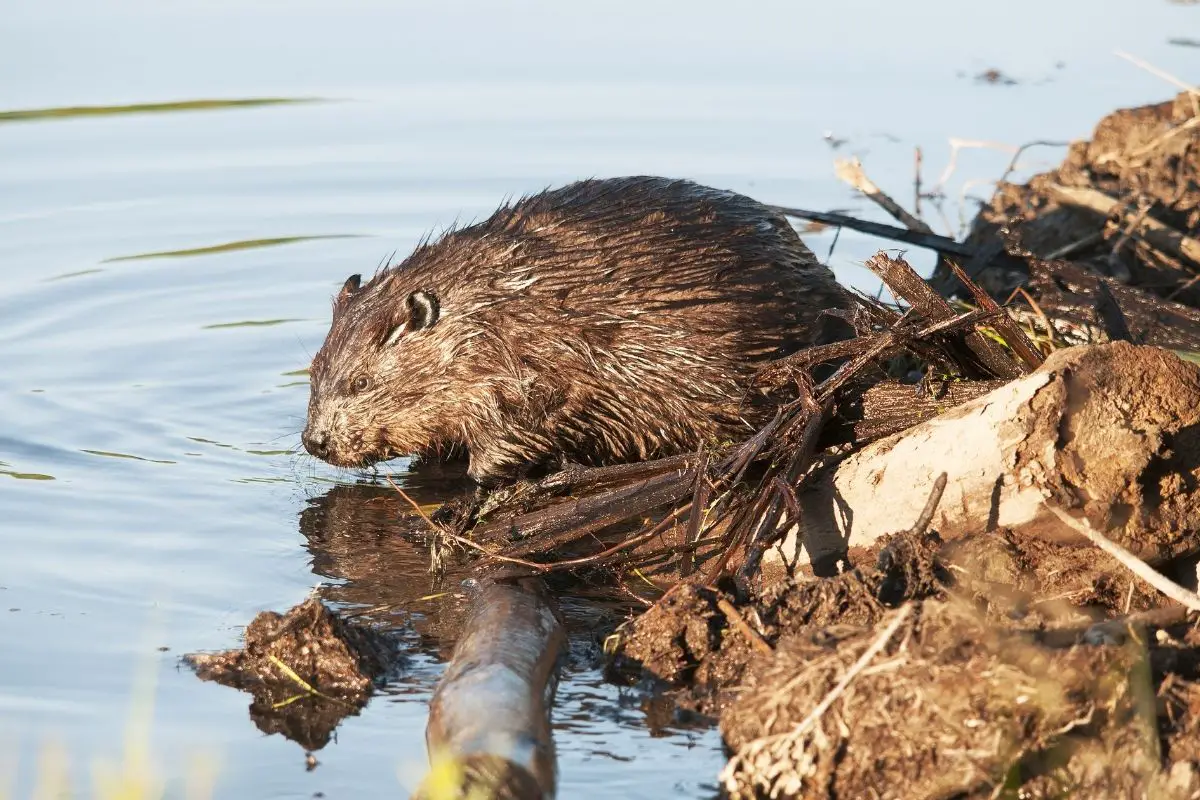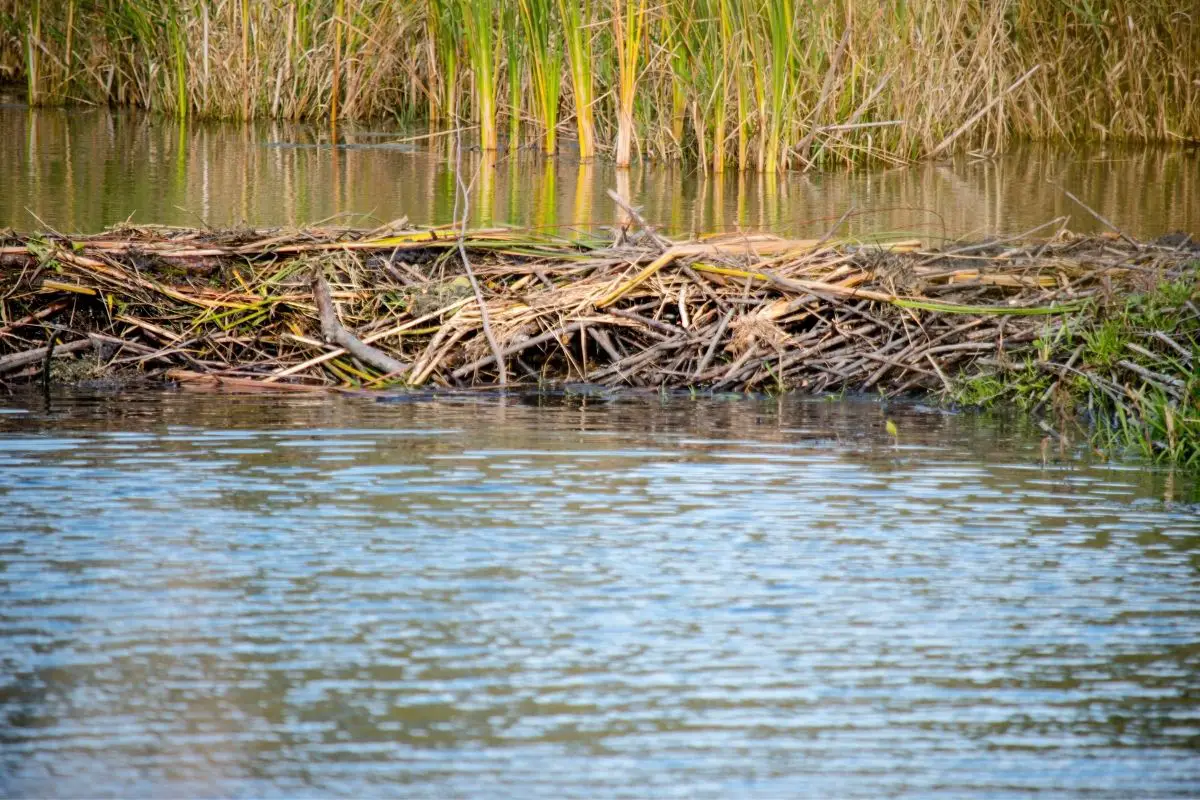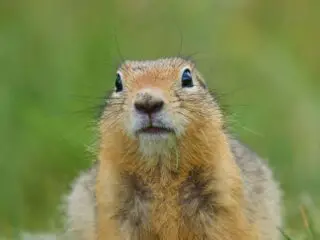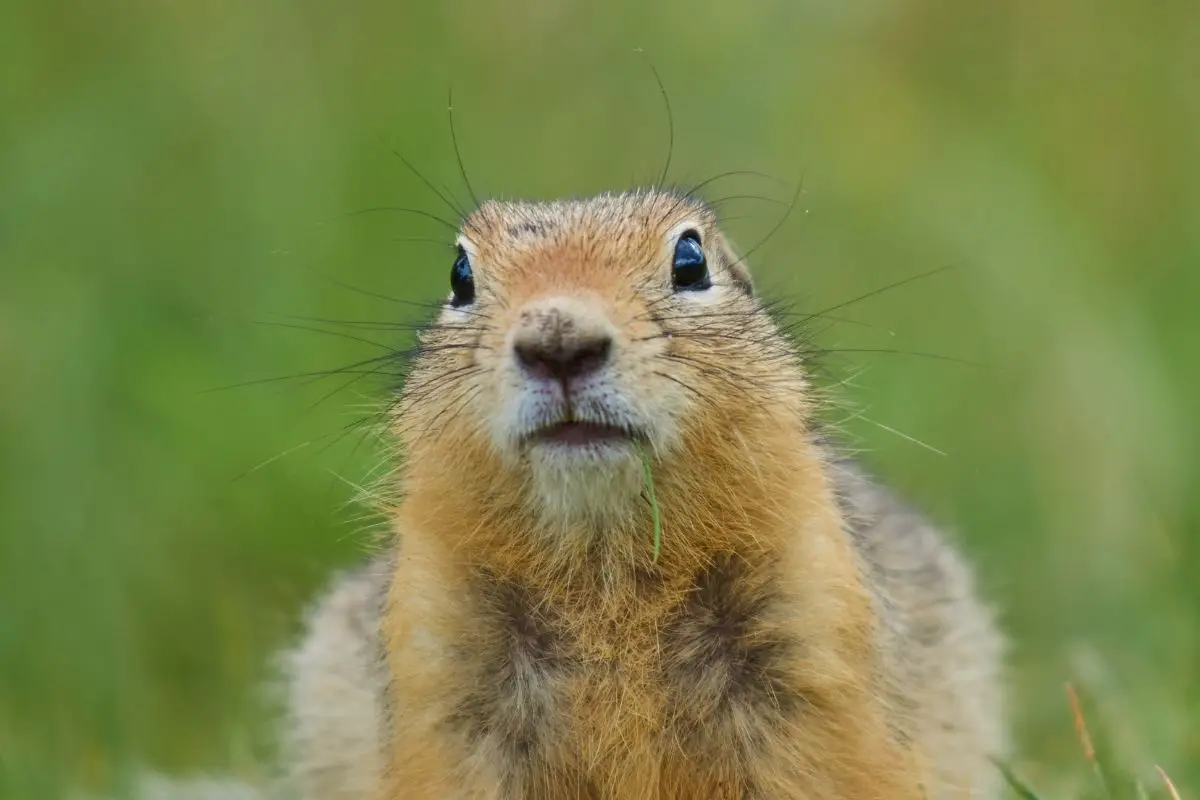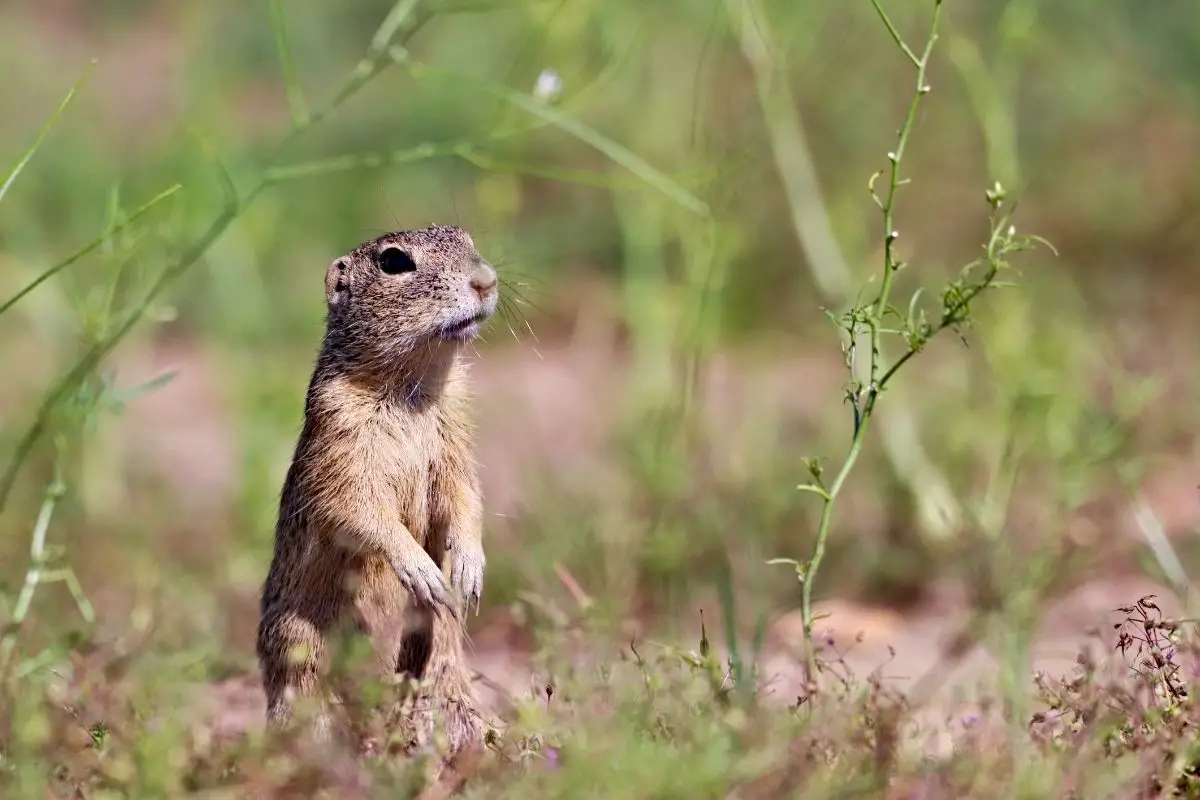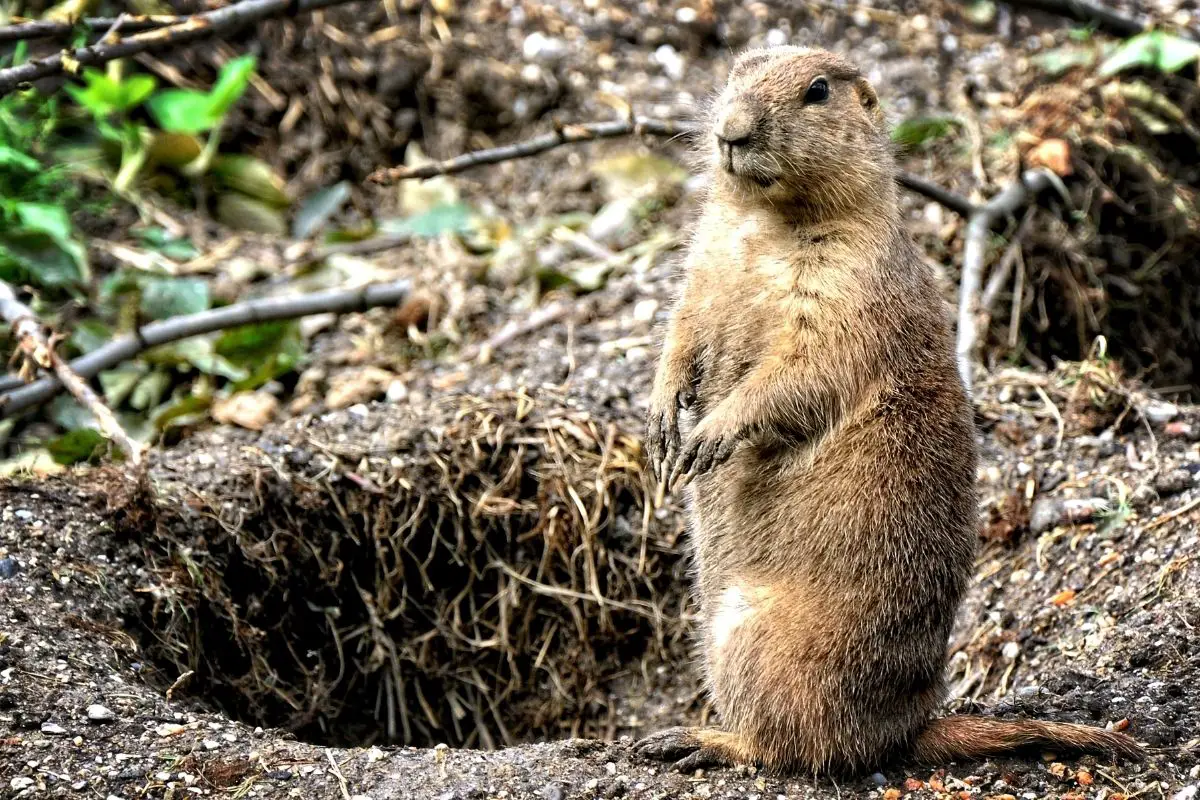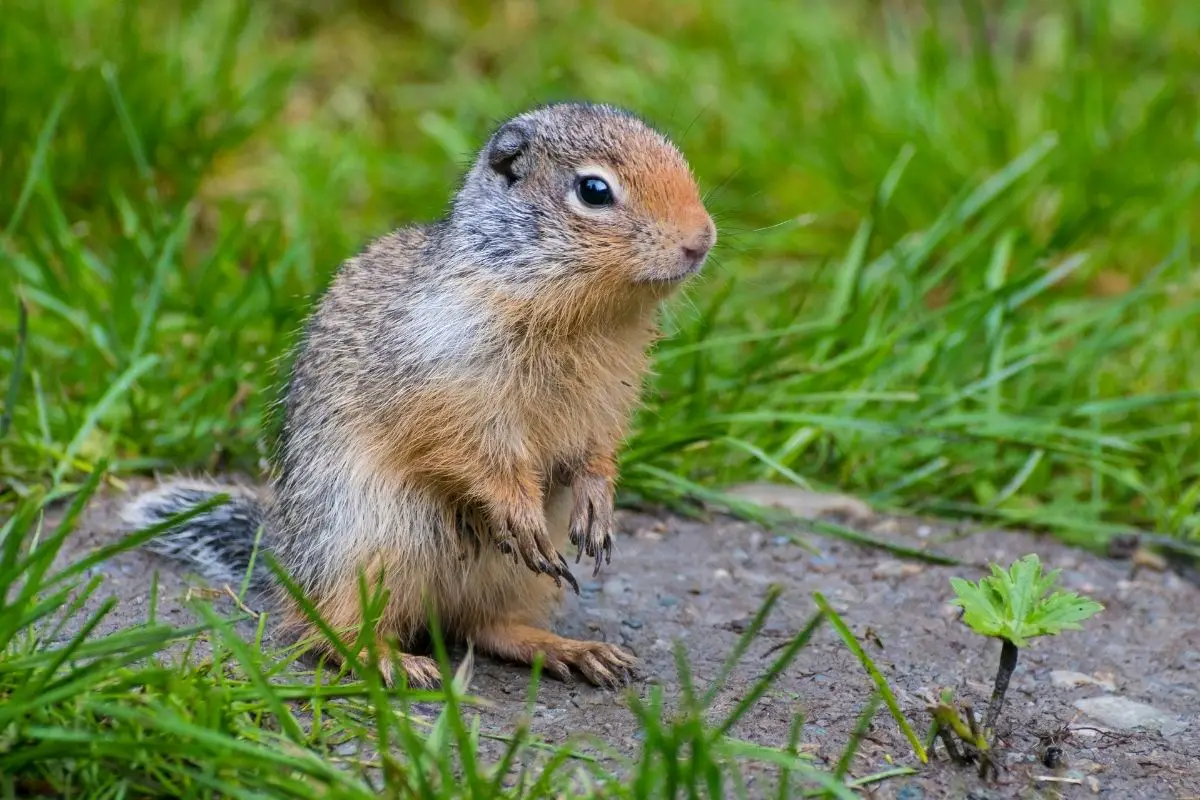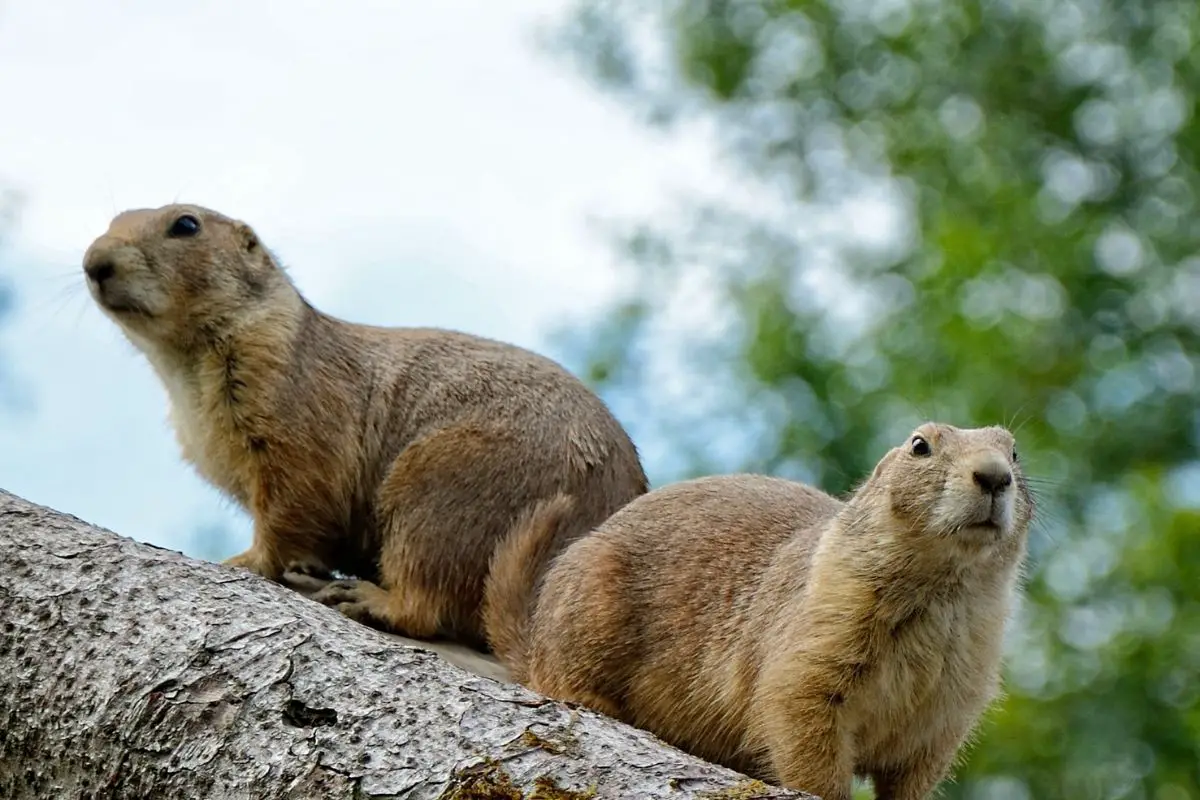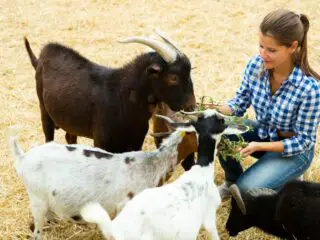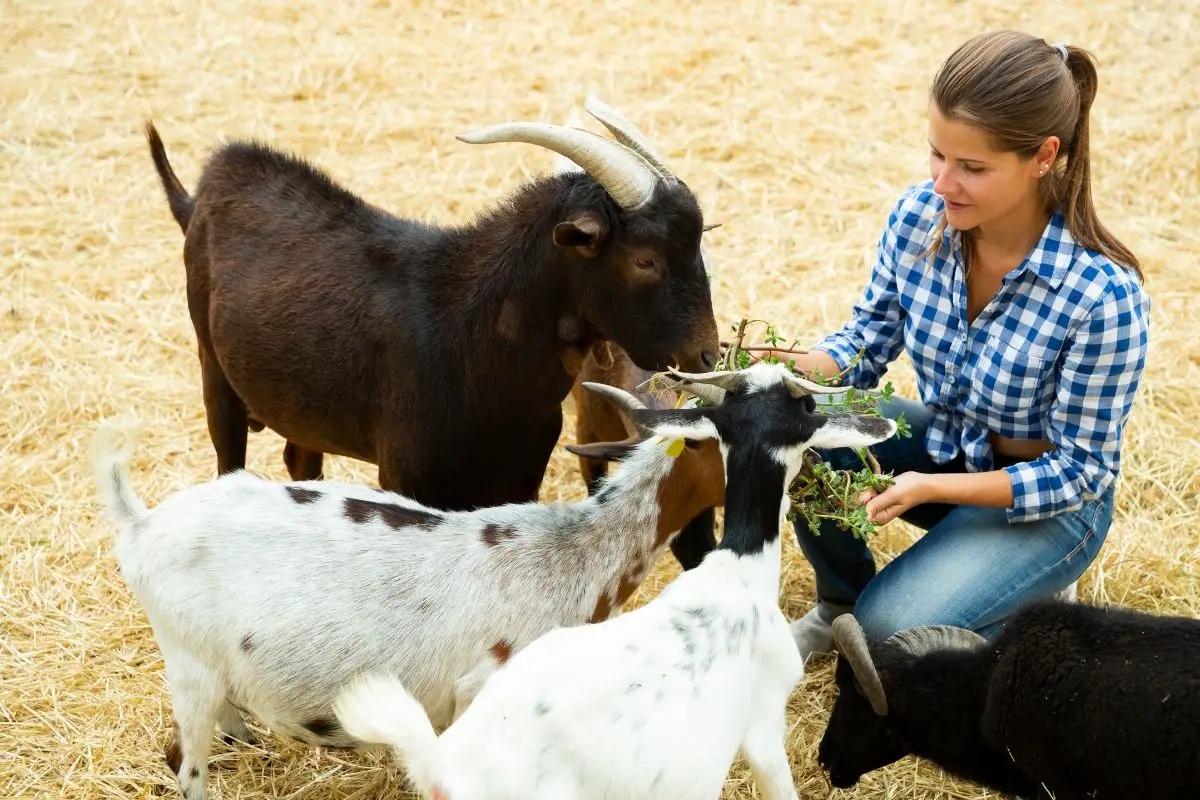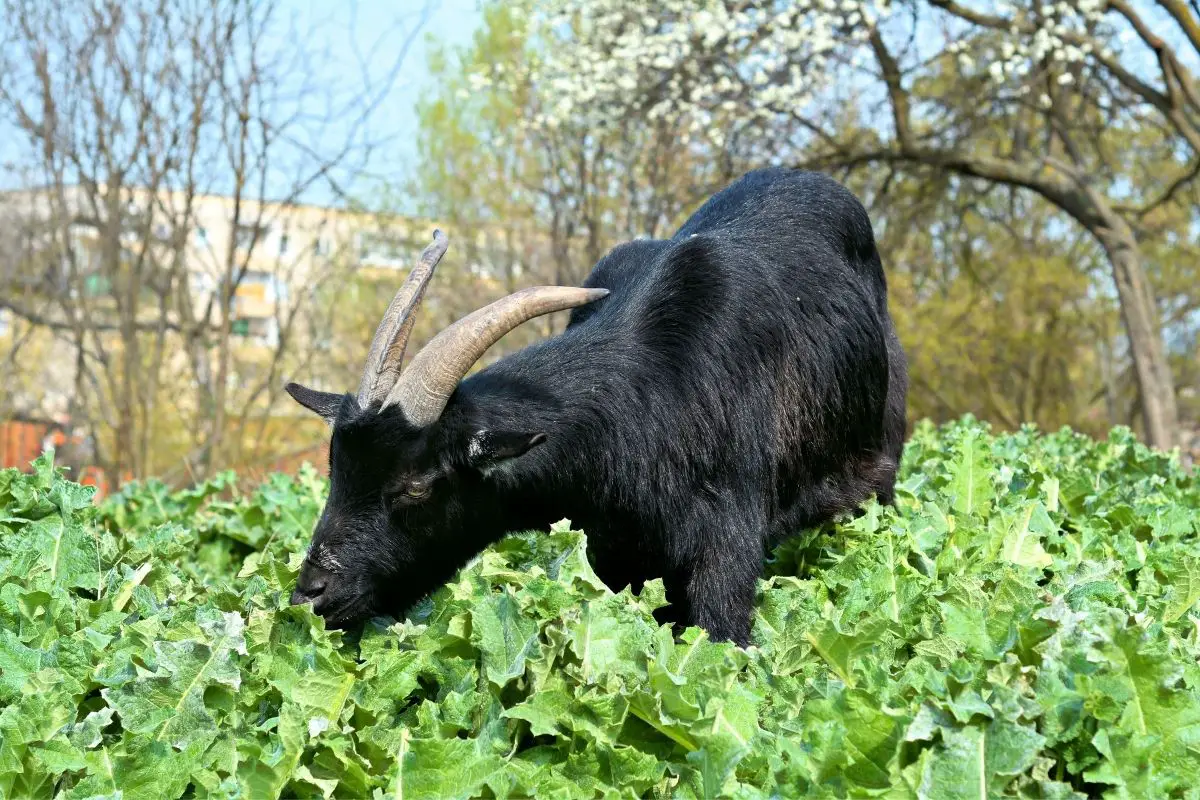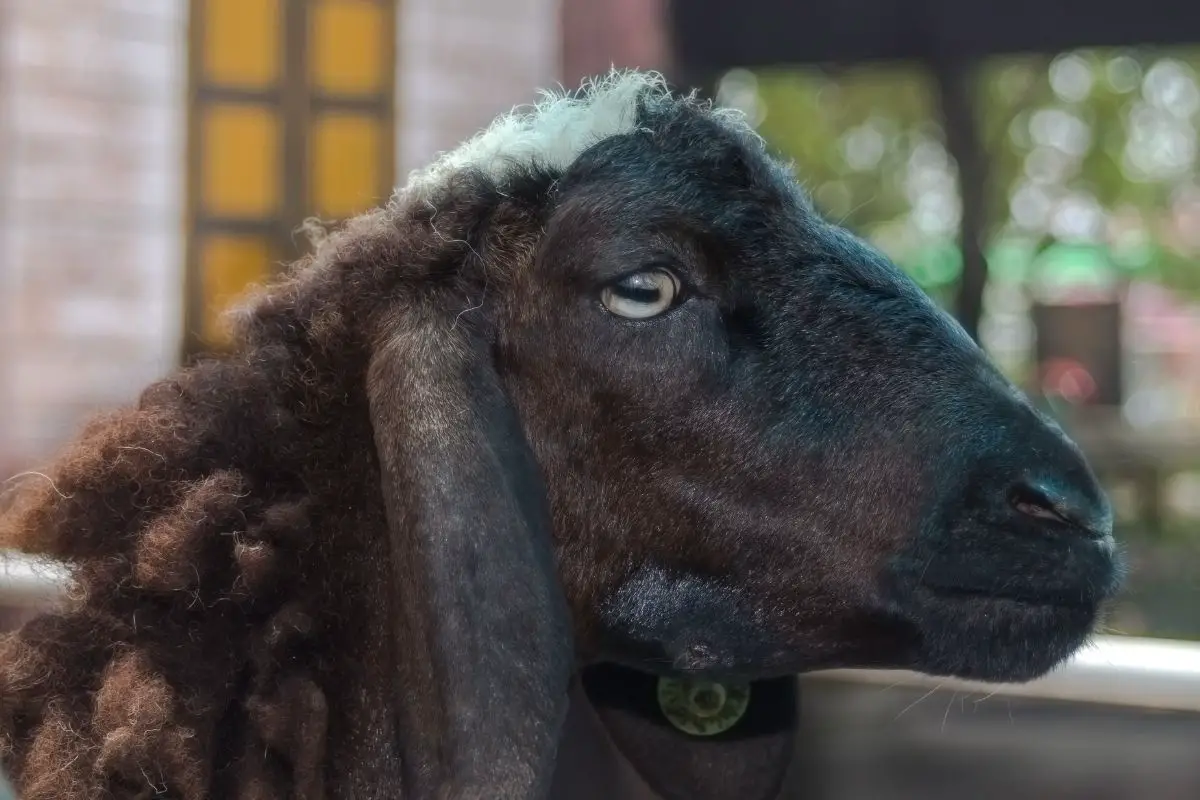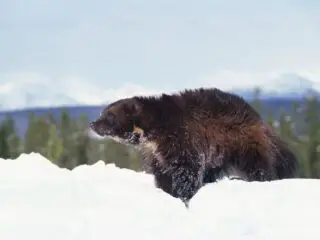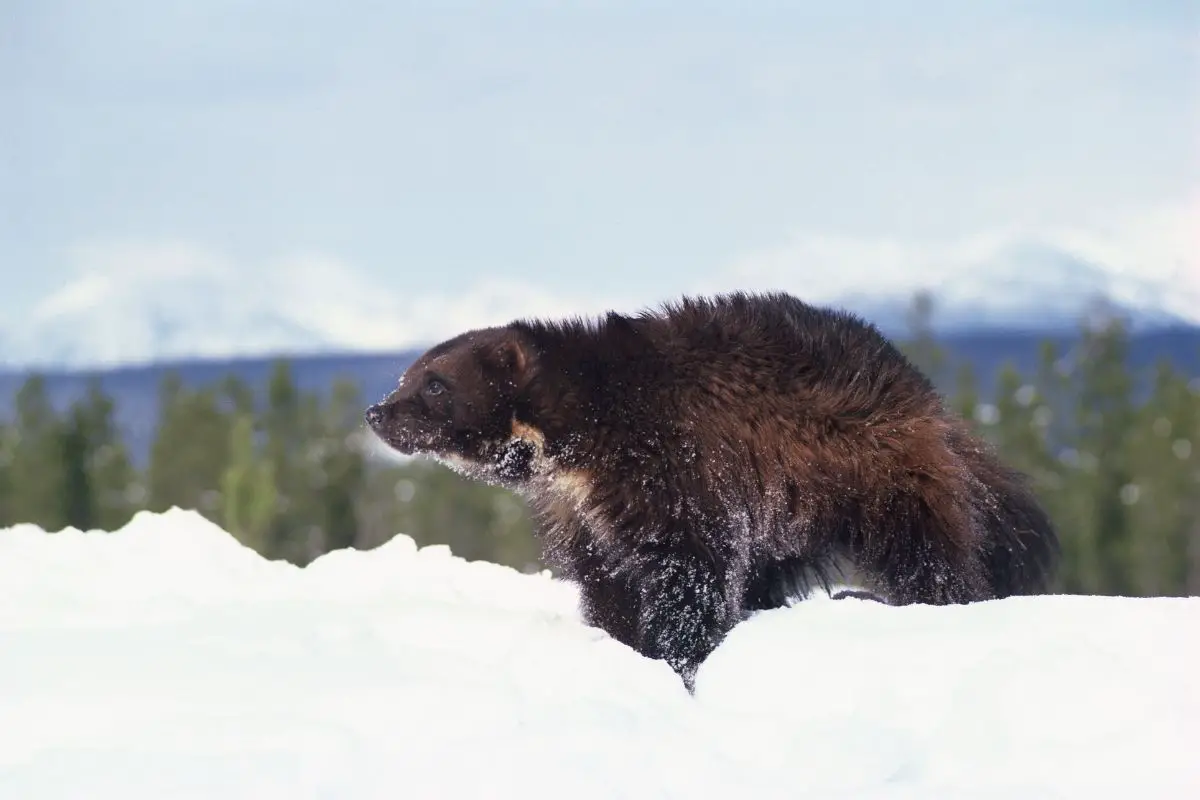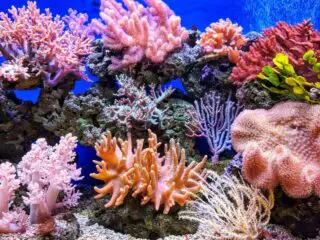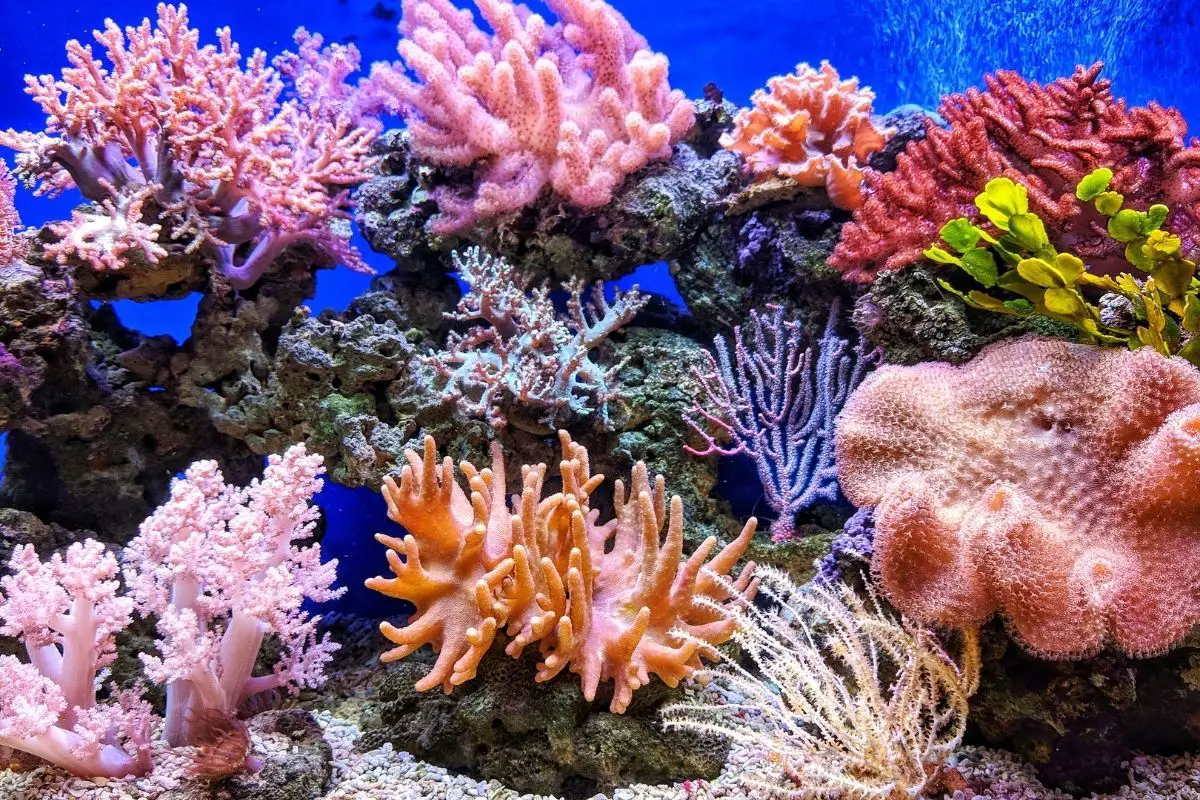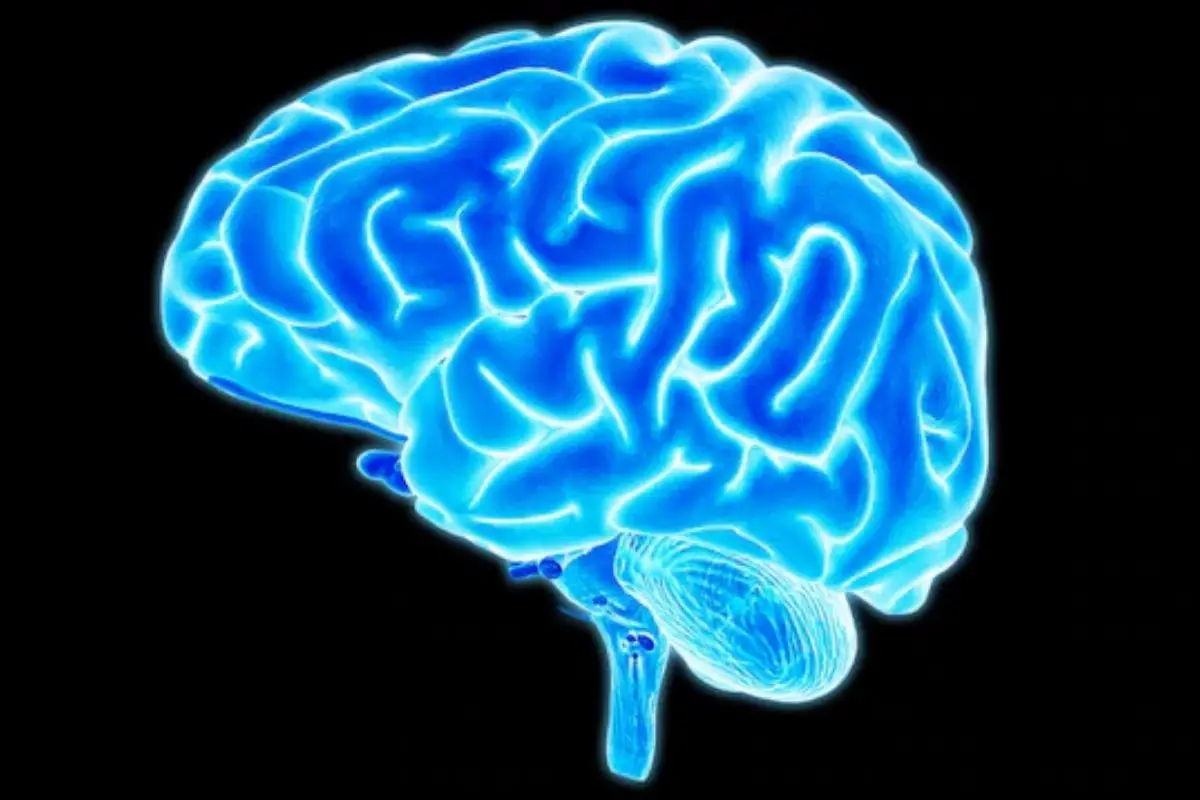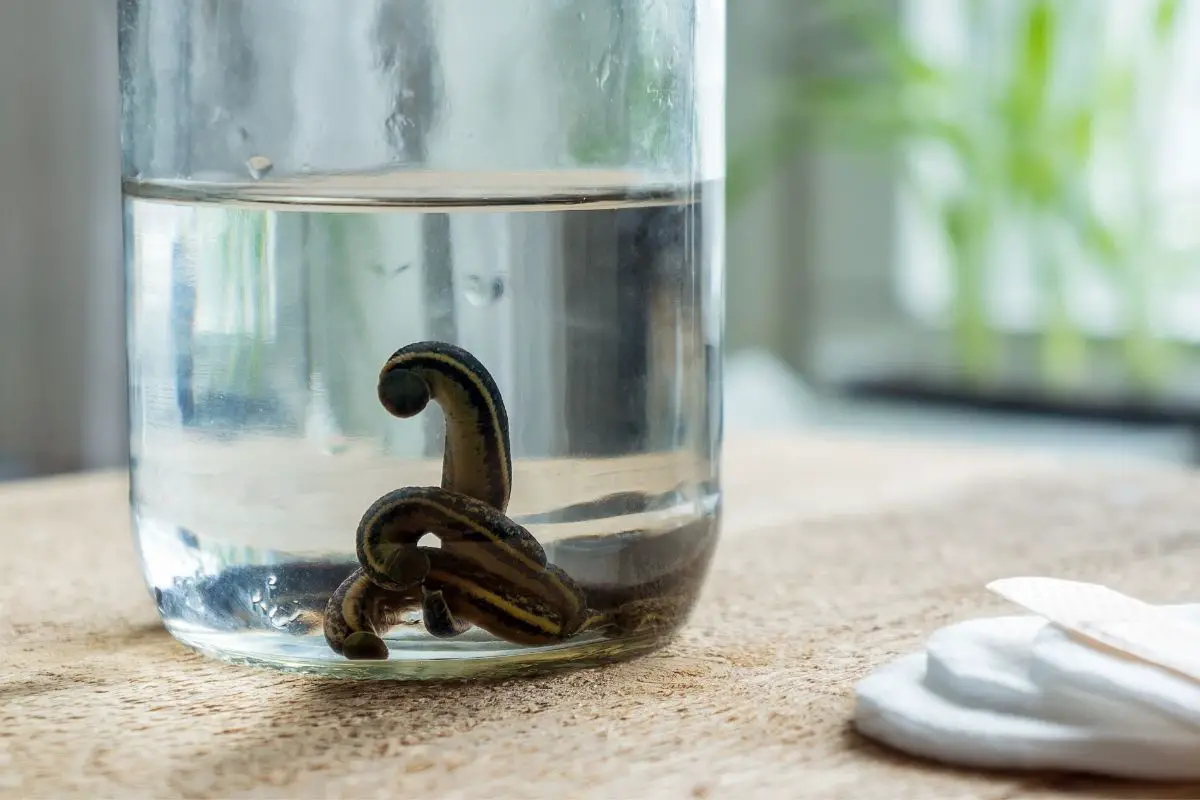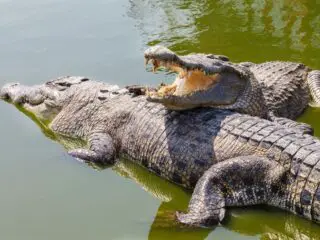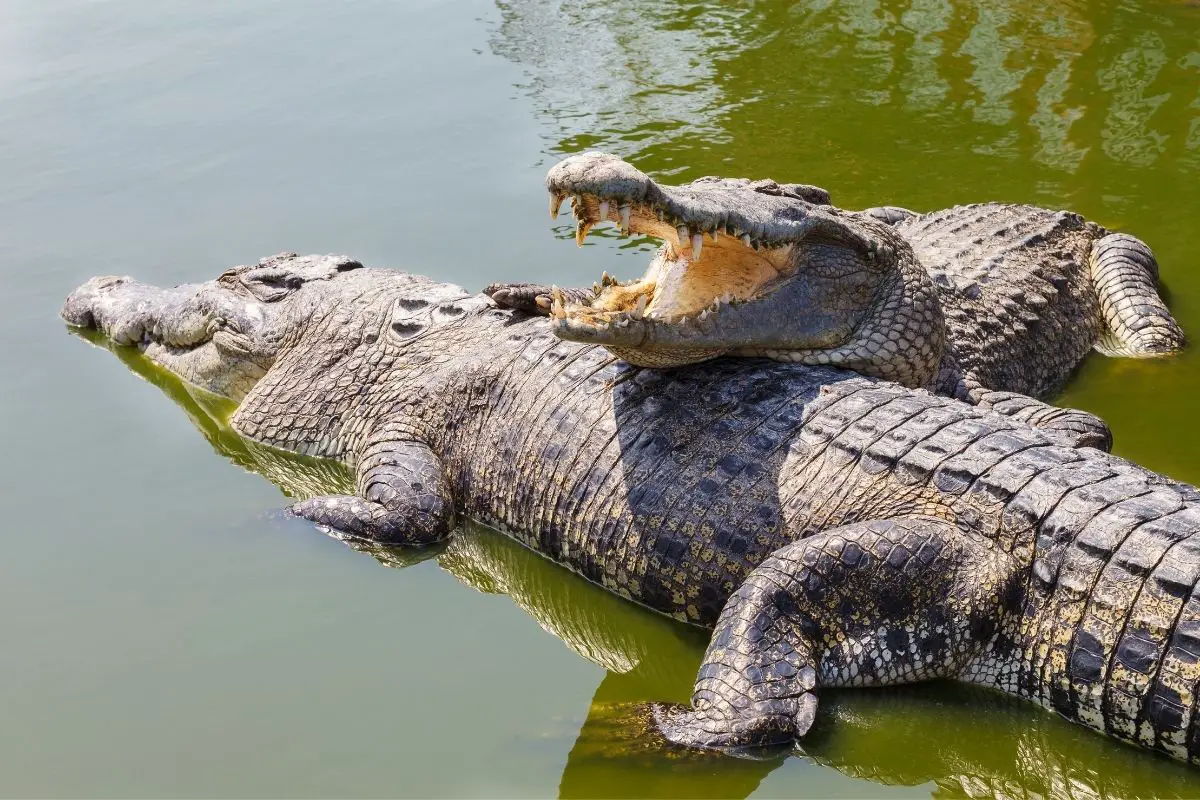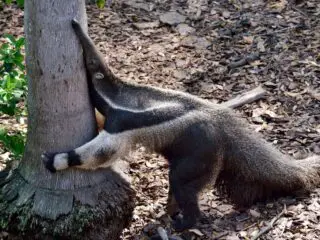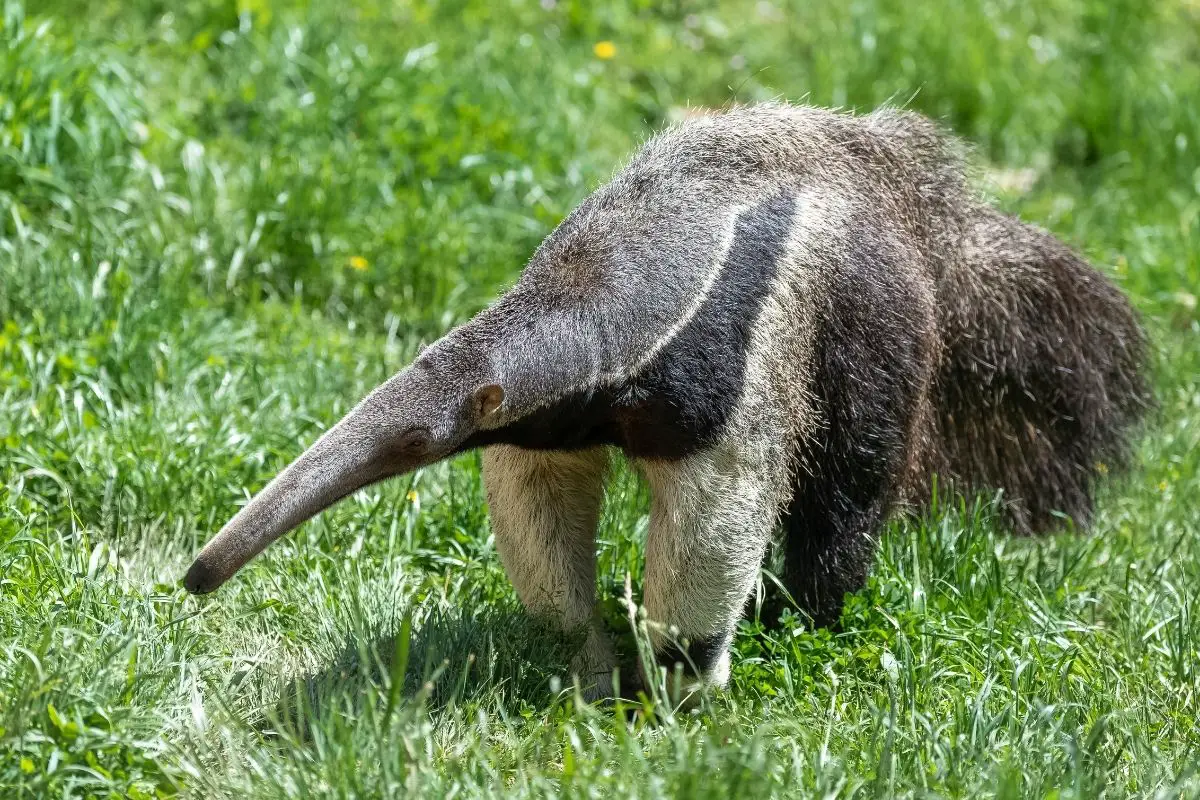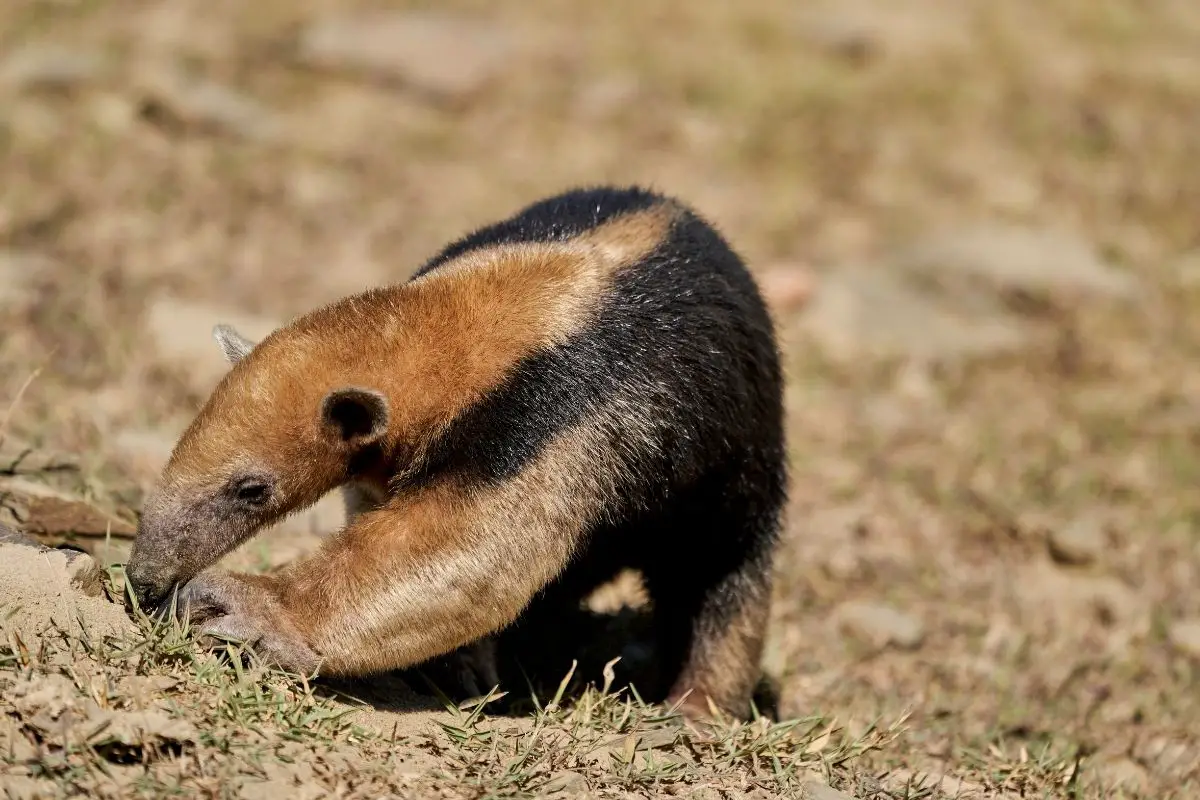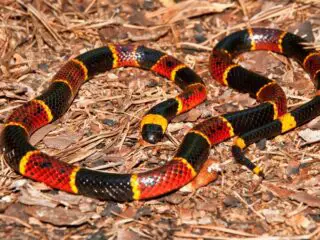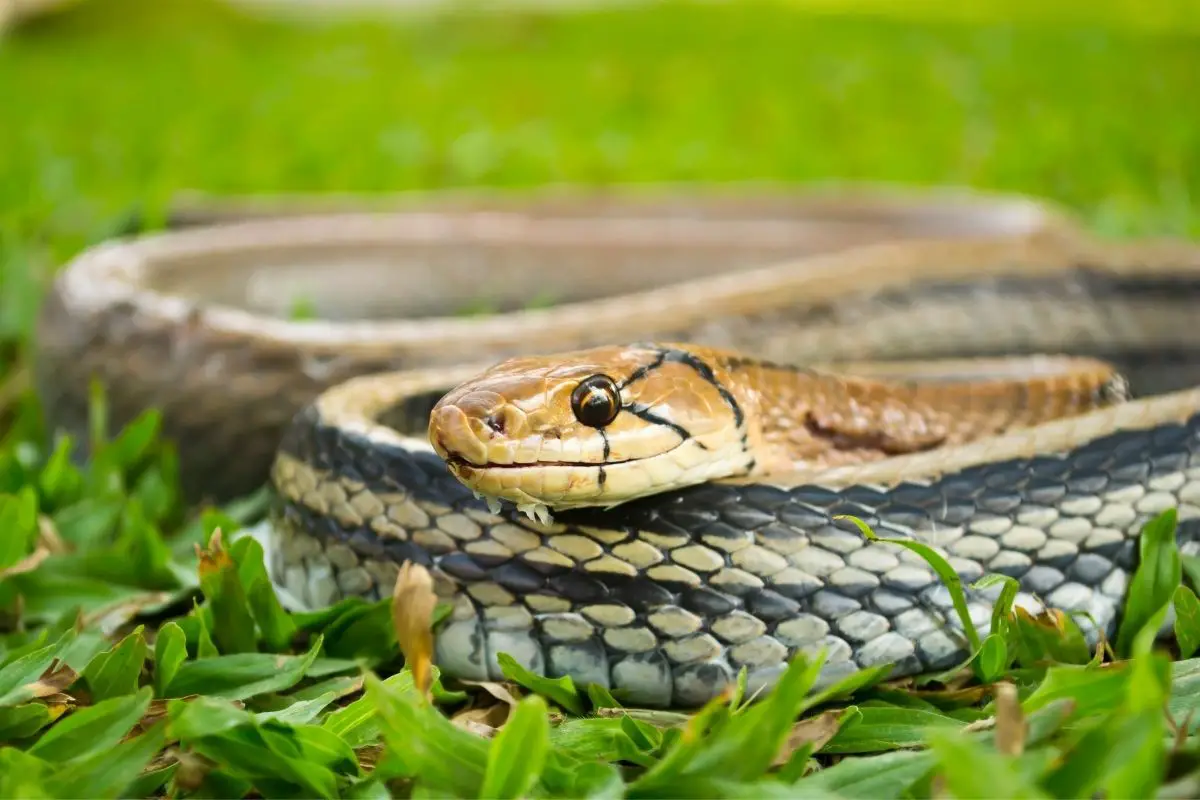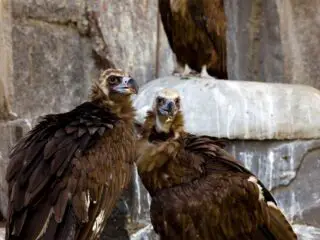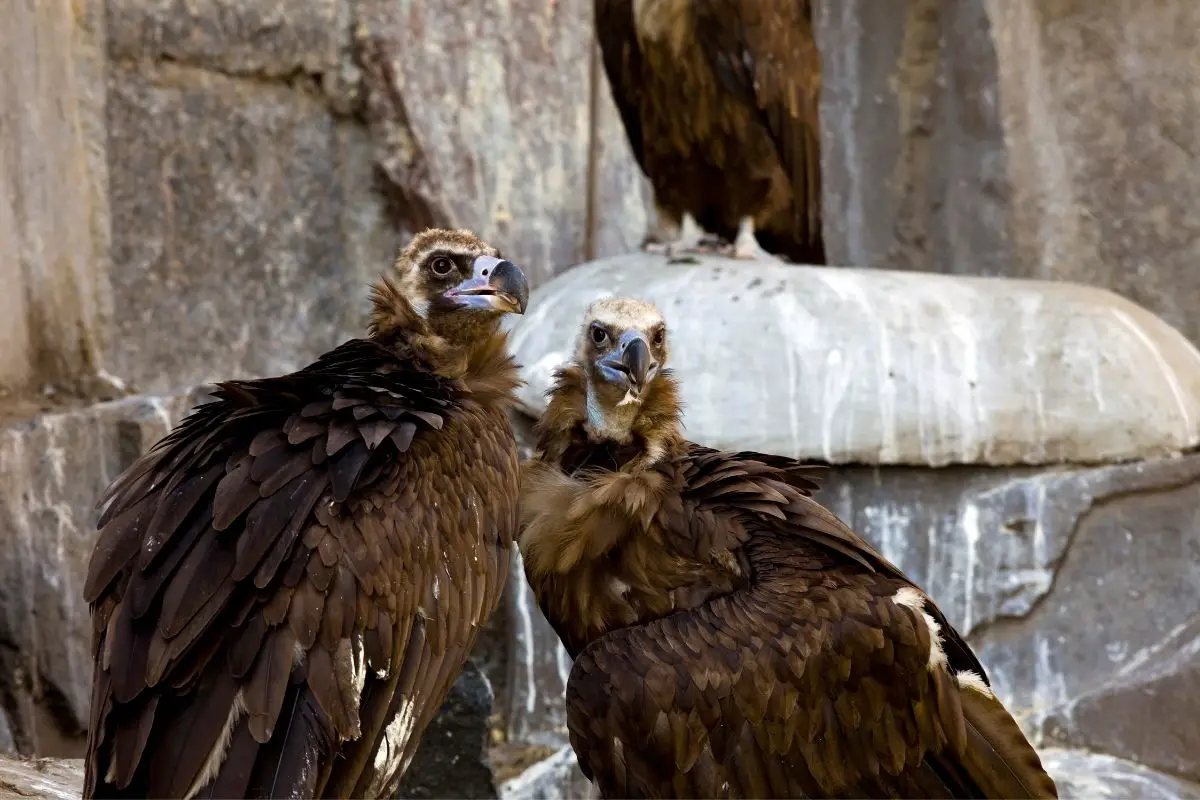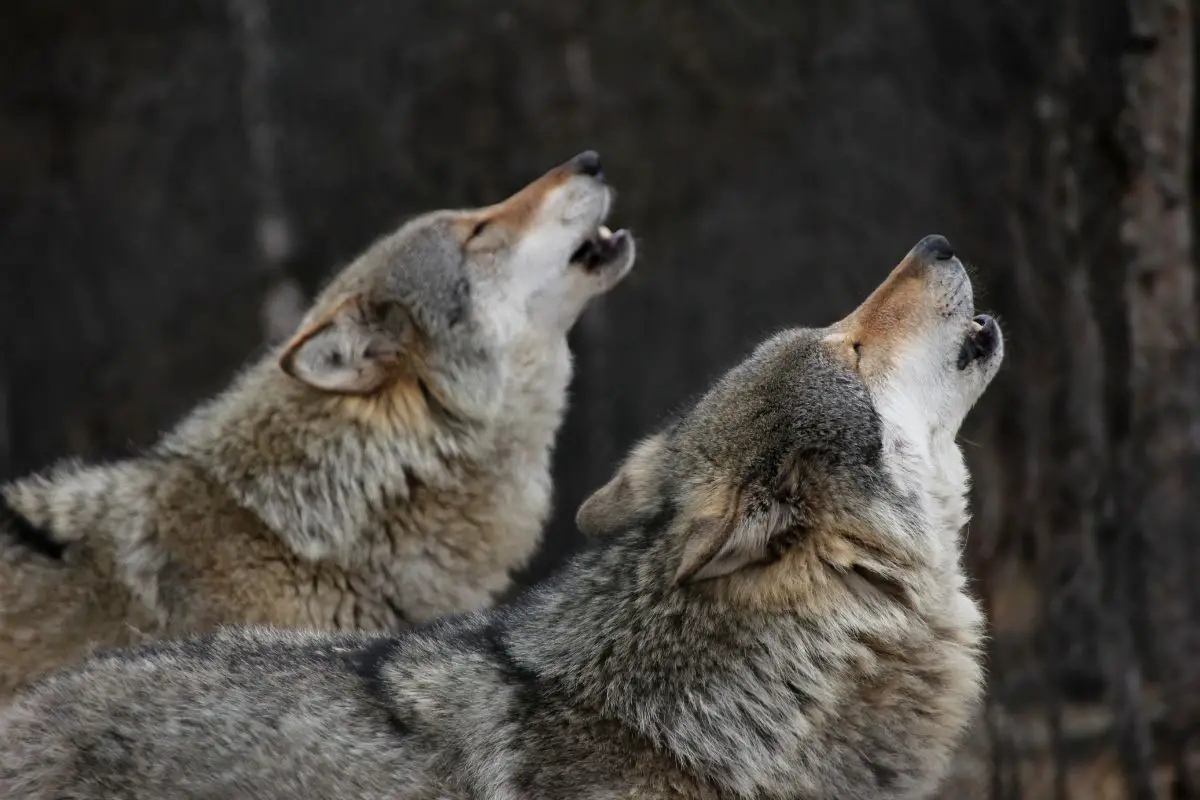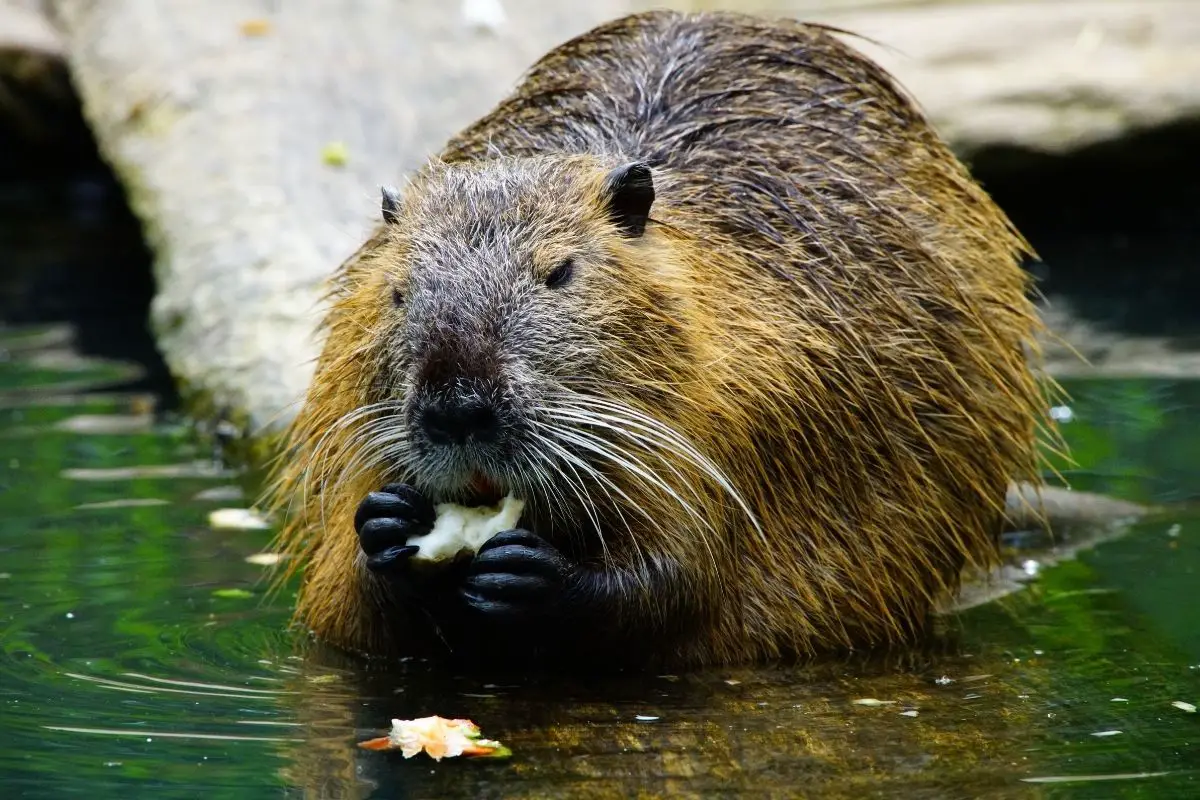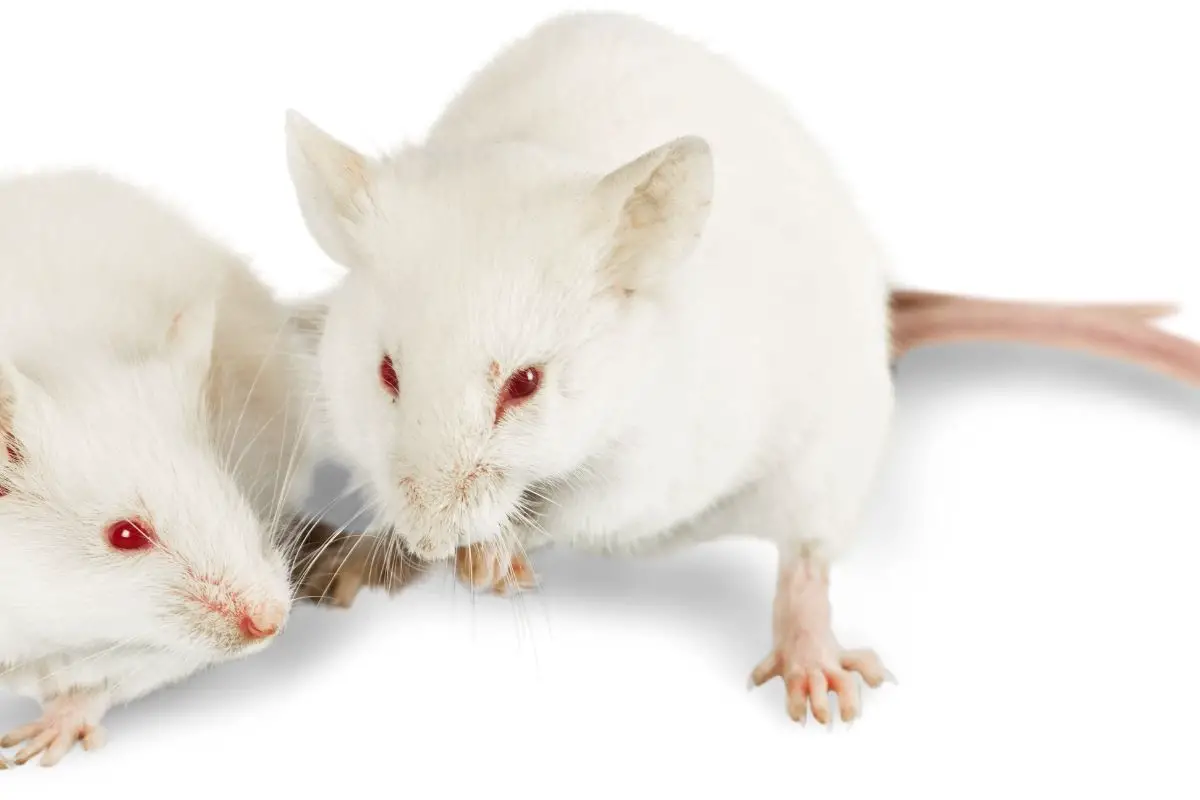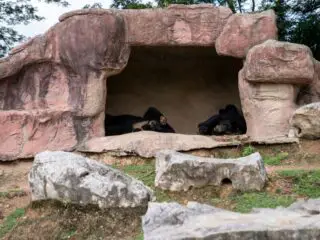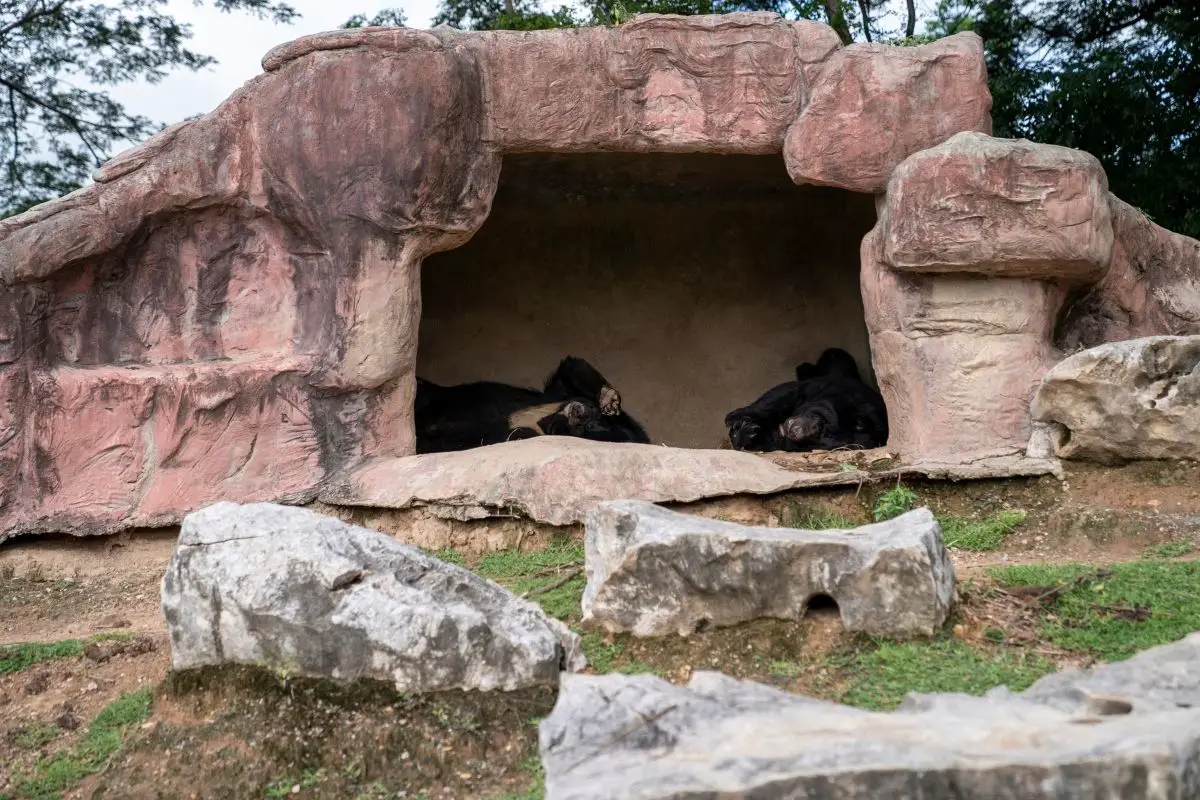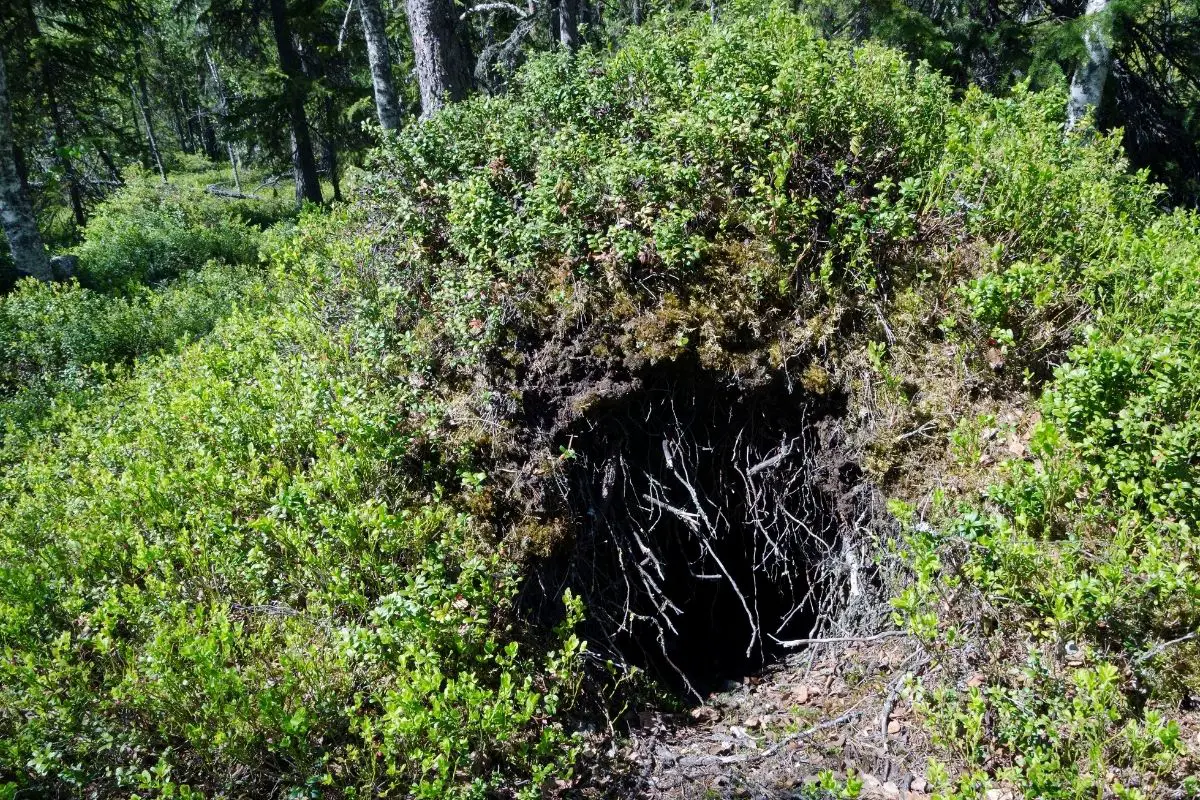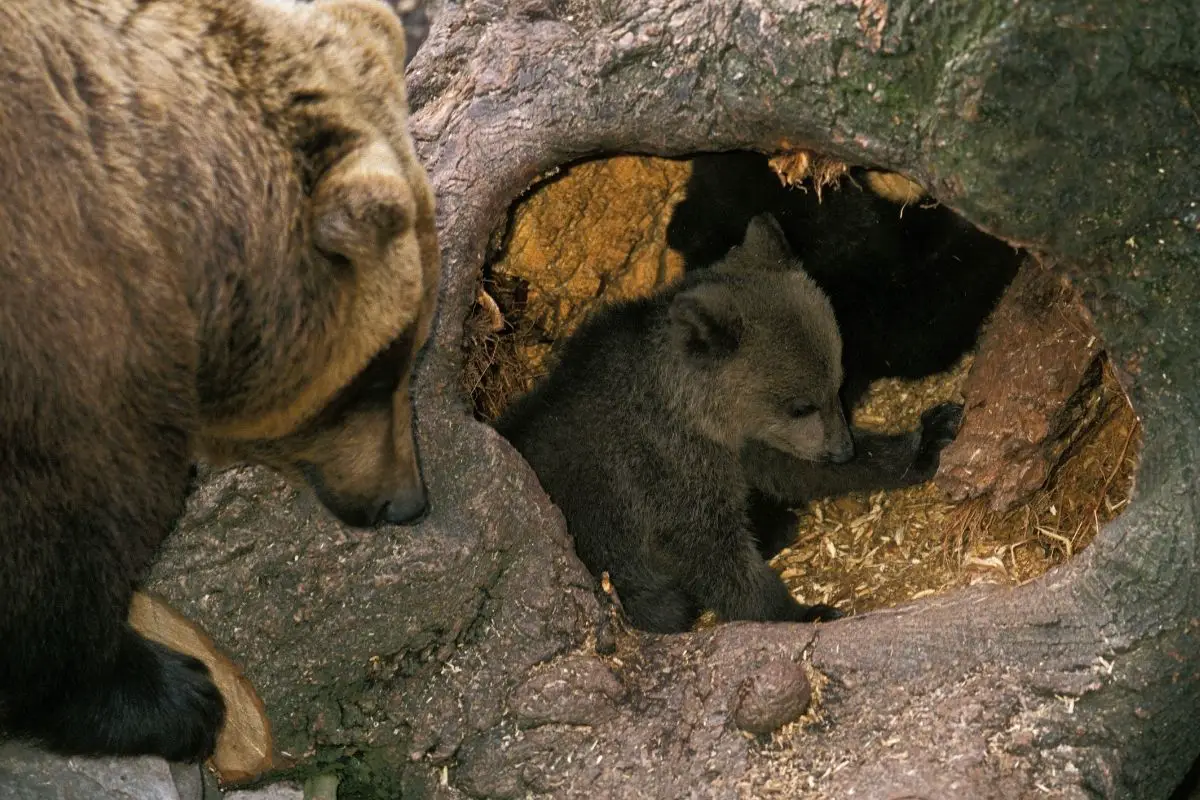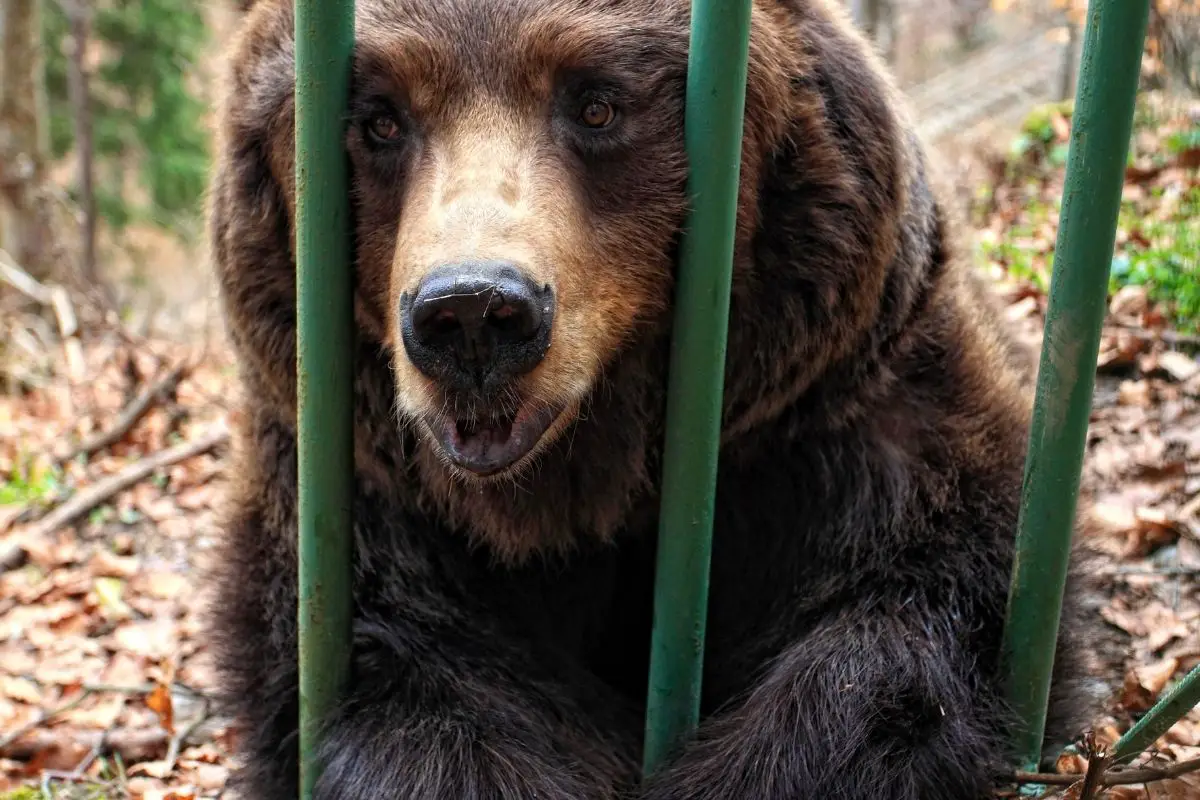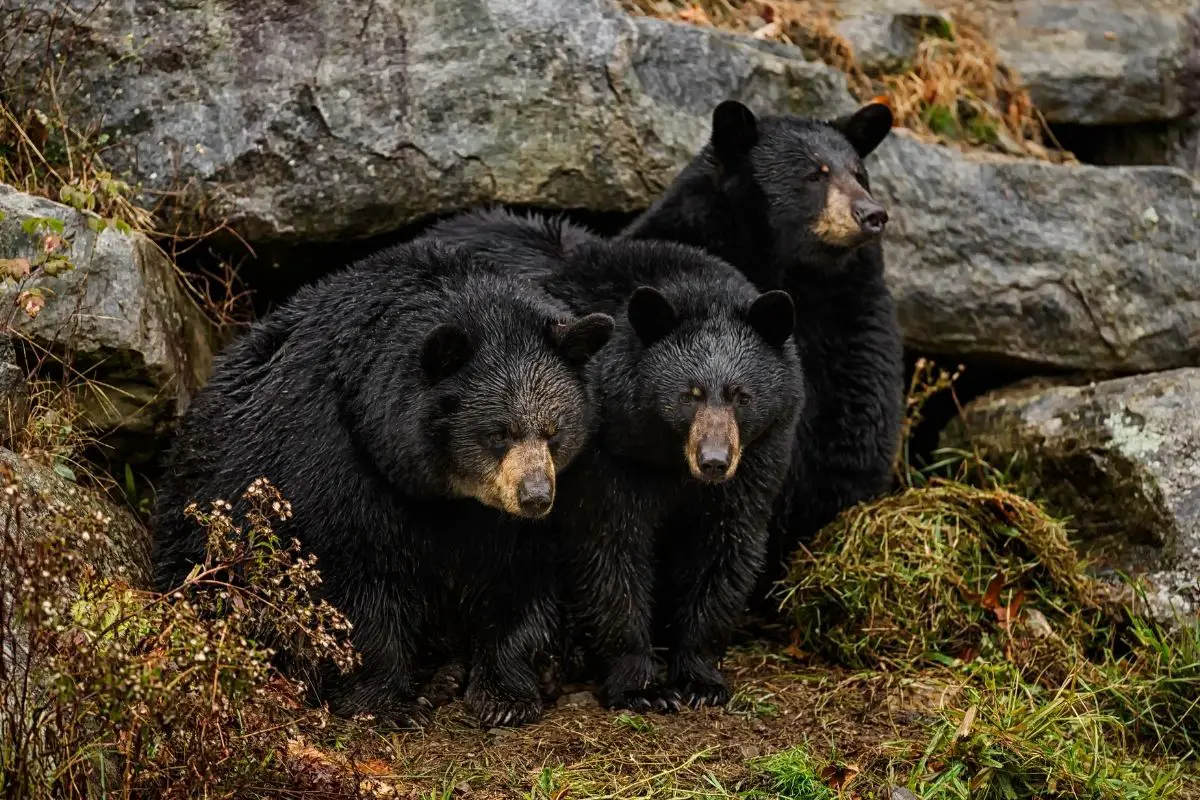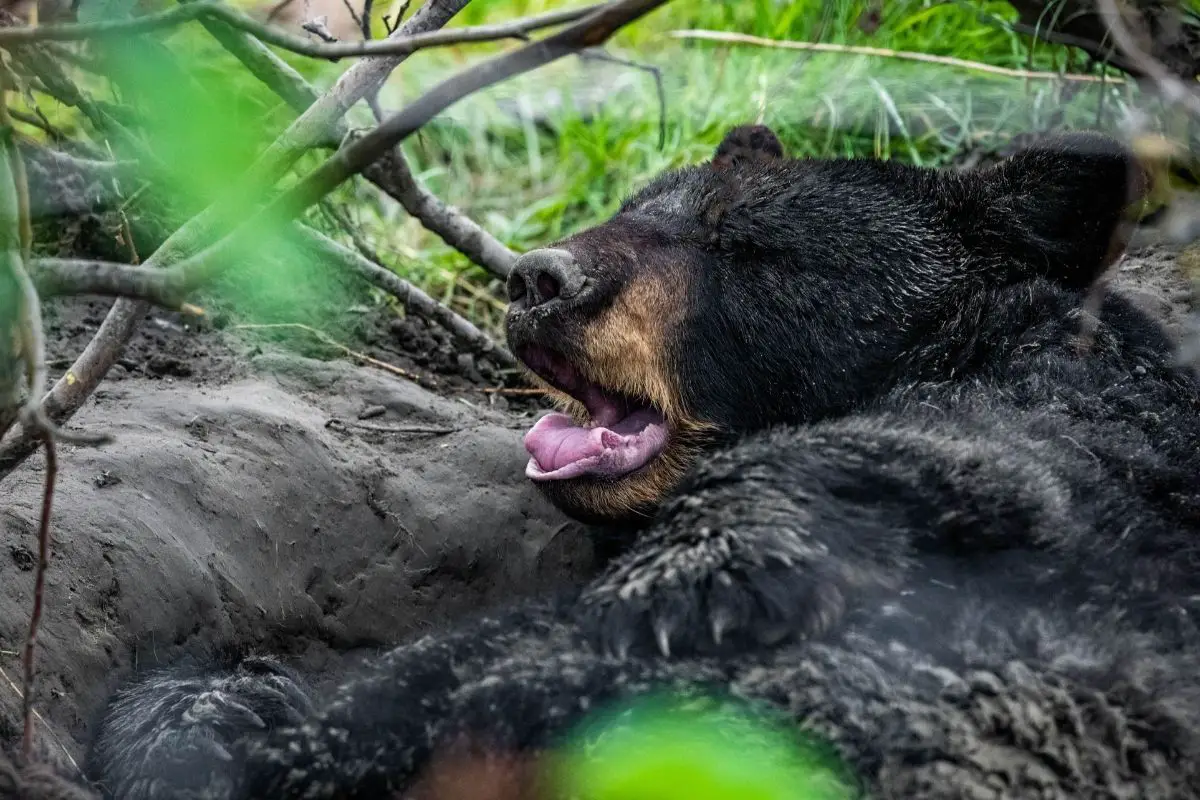Wolf vs Leopard – Which Would Win in a Fight?
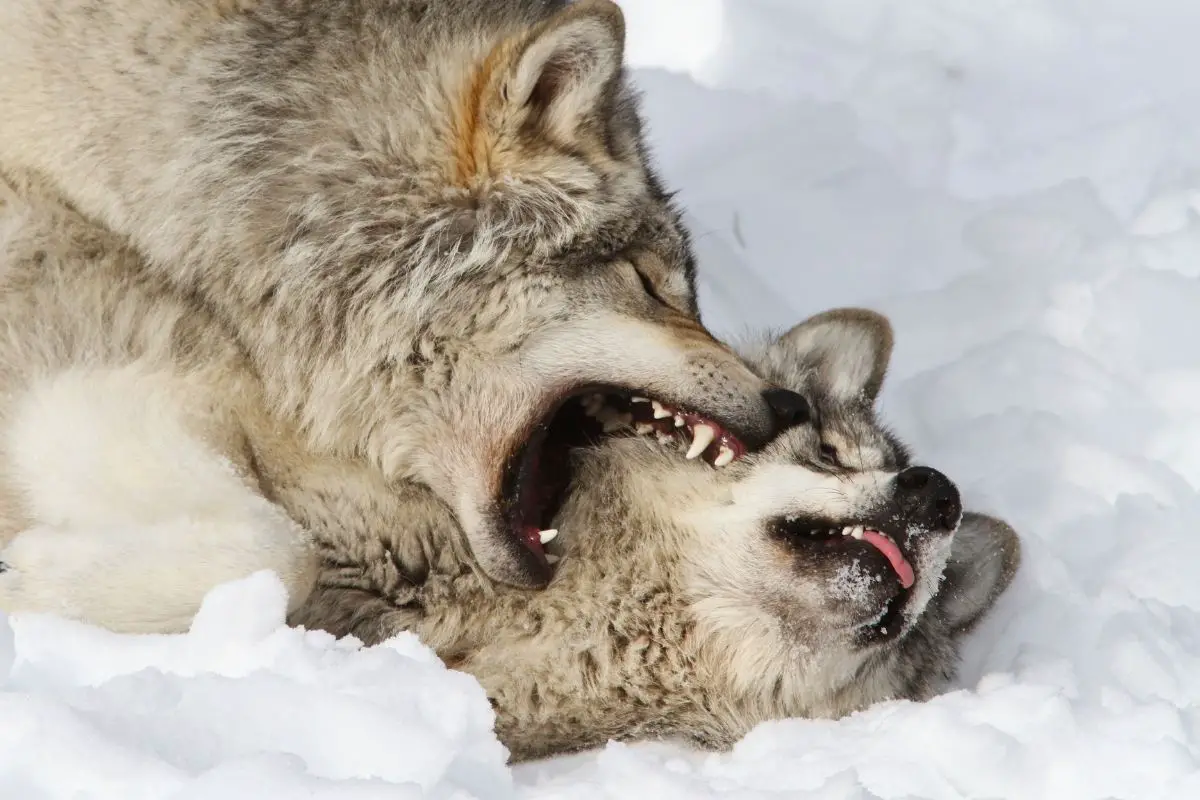
Who would win in a fight between a wolf and a leopard? Are you curious? I know I am.
I have always had a fascination with giant cats and dogs, er, wolves. After all, humans today live with miniature wolves and leopards in our homes just for sheer comfort and companionship. But, if a wolf and a leopard came upon each other in nature, who would win at the end of the day? Let’s find out.
Comparing a Wolf Vs. a Leopard in the Wild
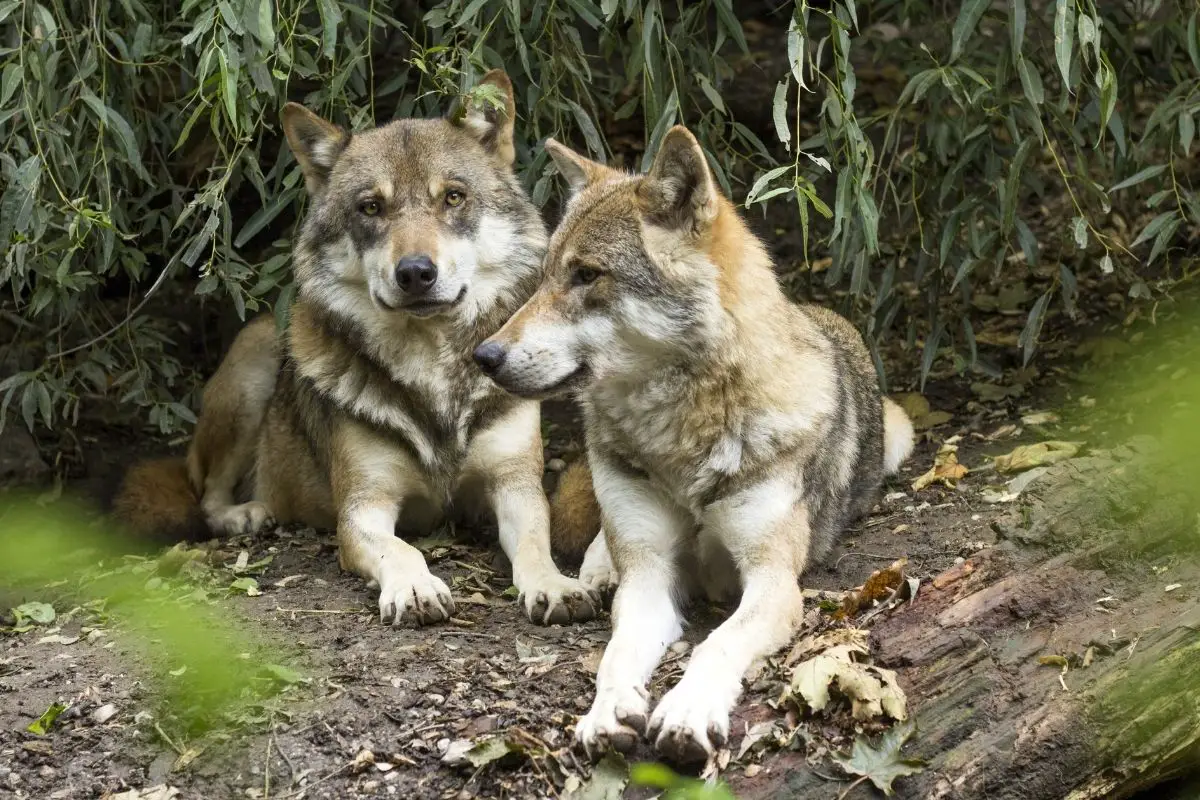
Comparing a wolf versus a leopard is like comparing cats and dogs…and that is exactly what we are doing here. The leopard is a giant cat that is native to both the Asian and African continents, whereas the wolf is a large form of a dog that is less domesticated than our pets today. Leopards are great swimmers and are excellent climbers, giving them plenty of advantages when fighting in the woods or even in their own territory.
Wolves are made of an extremely muscular body and have the stamina to last far longer than a leopard, especially in a battle. Additionally, wolves are known for their bites, whereas leopards are typically known to use the power of their huge paws in order to gain a competitive edge over an opponent in the midst of a battle.
How does a wolf fight?
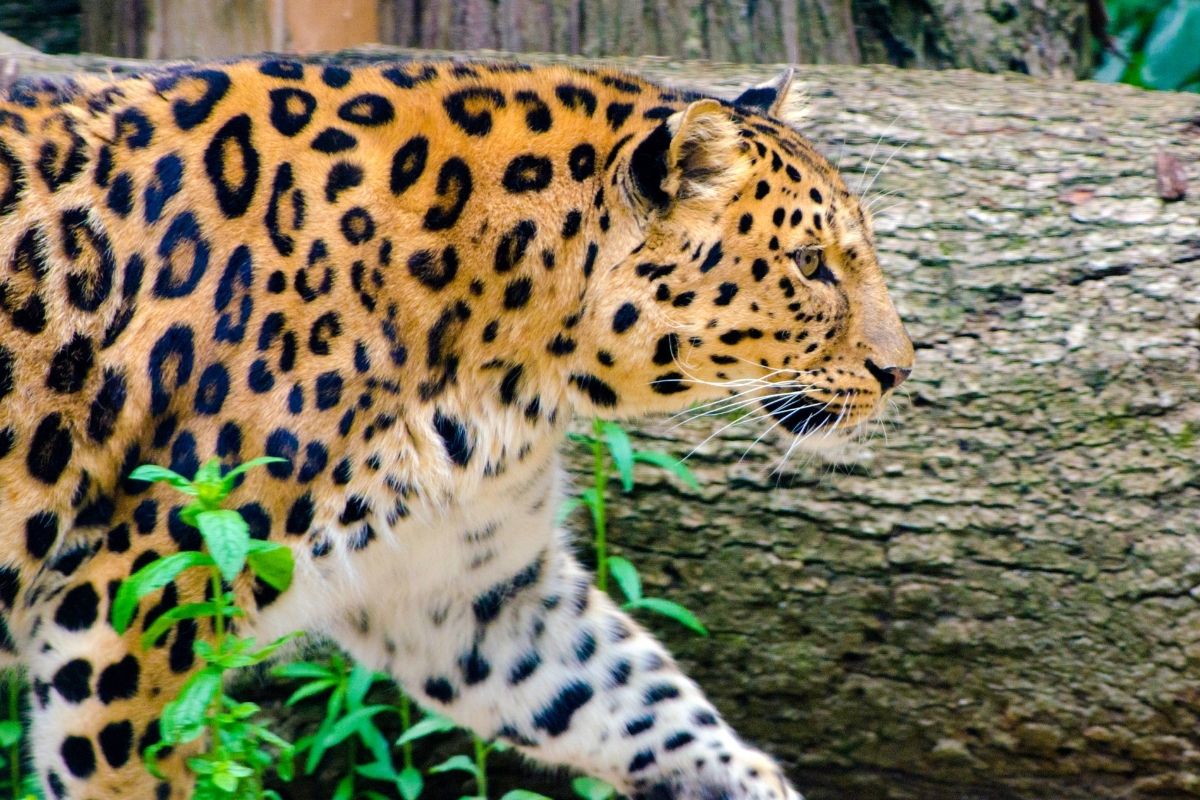
Wolves are unique as they do not typically find themselves being aggressive on their own or in a one-on-one scenario. This is why when wolves are referenced they are typically done so as a wolf pack. Wolves prefer to travel in packs, as this provides them not only with companionship and support but also with fighting power and plenty of intimidation to go around.
When a wolf is confronted by a predator, they are most likely to call out for their pack if there is one available. However, if left on its own, a wolf will fight similar to that of a dog, as it is not too distant from a dog’s makeup and genetics. Wolves may typically … Read the rest of the story.


